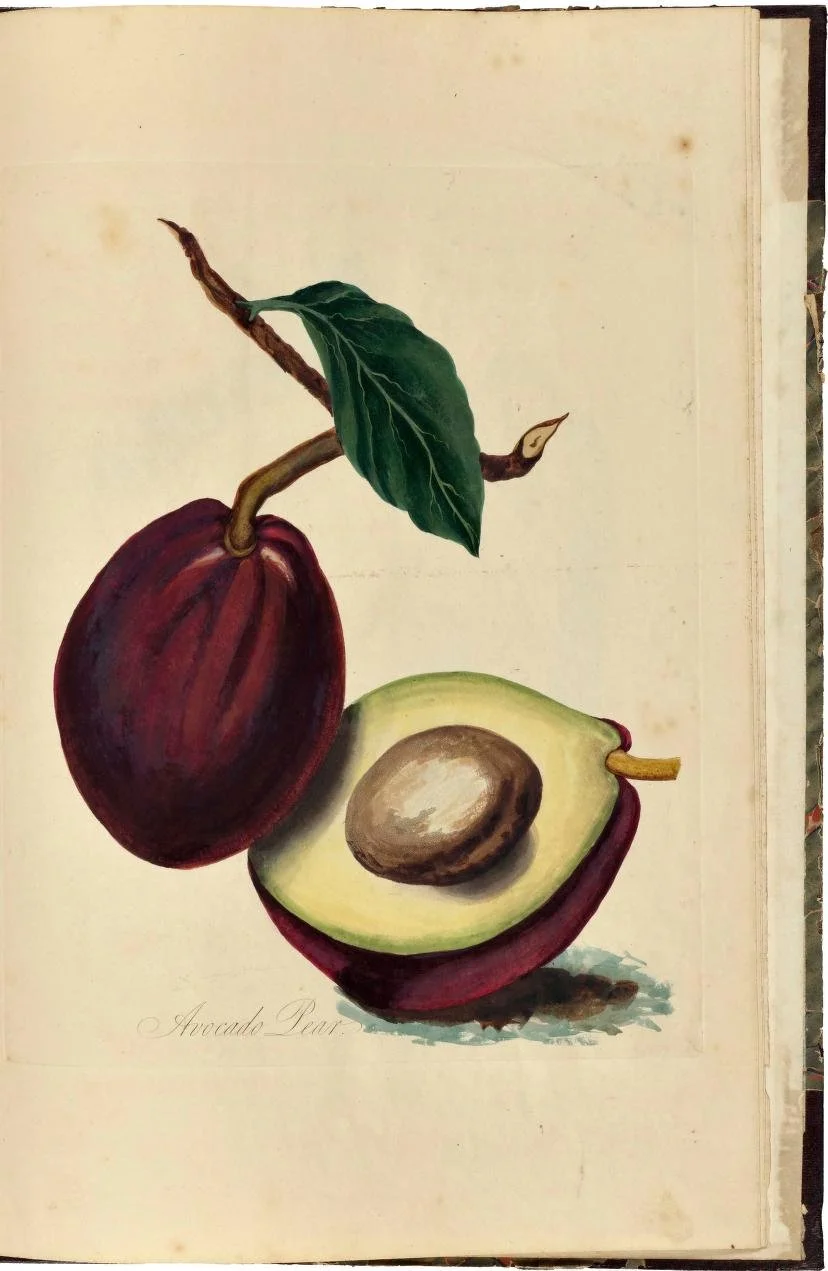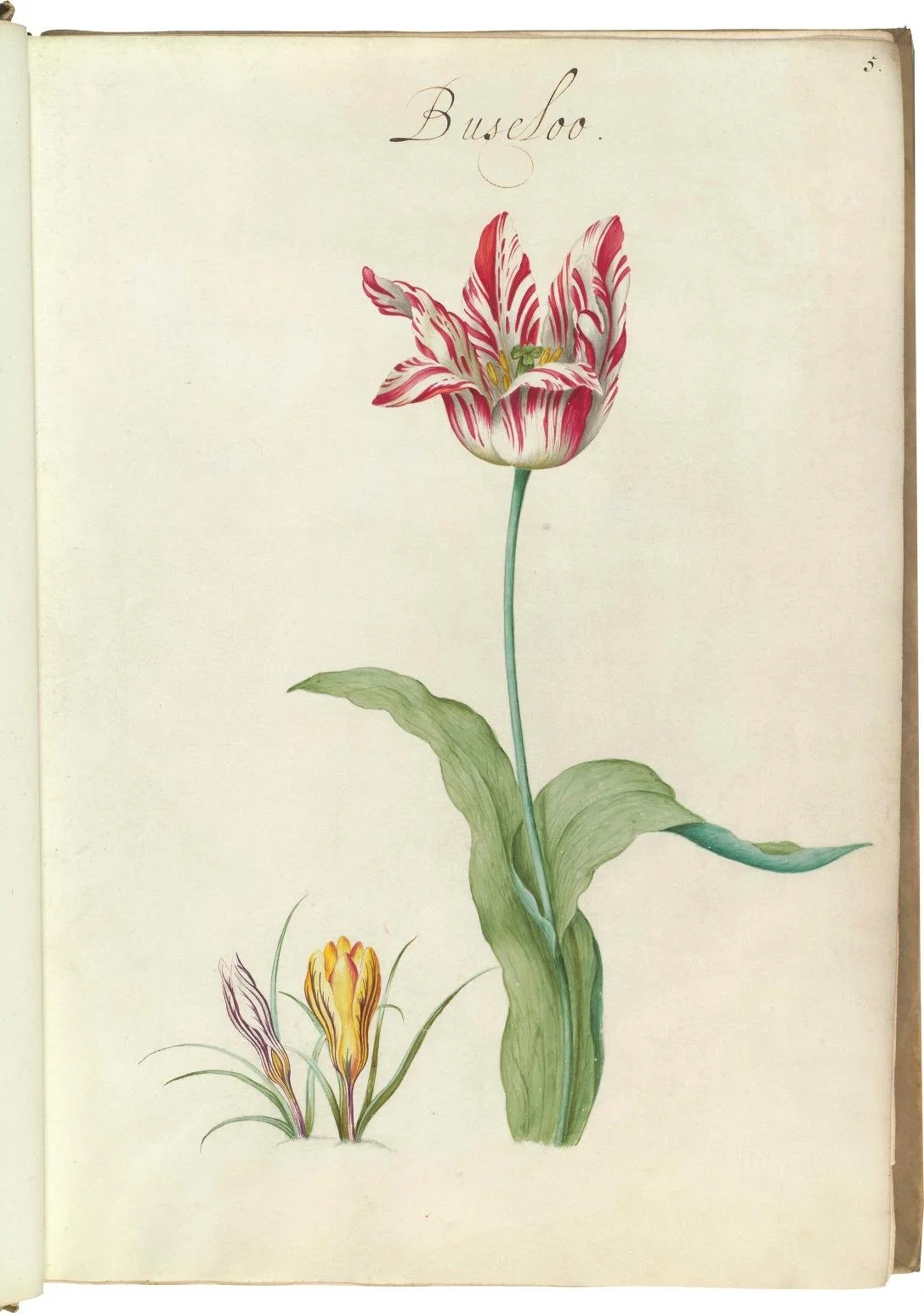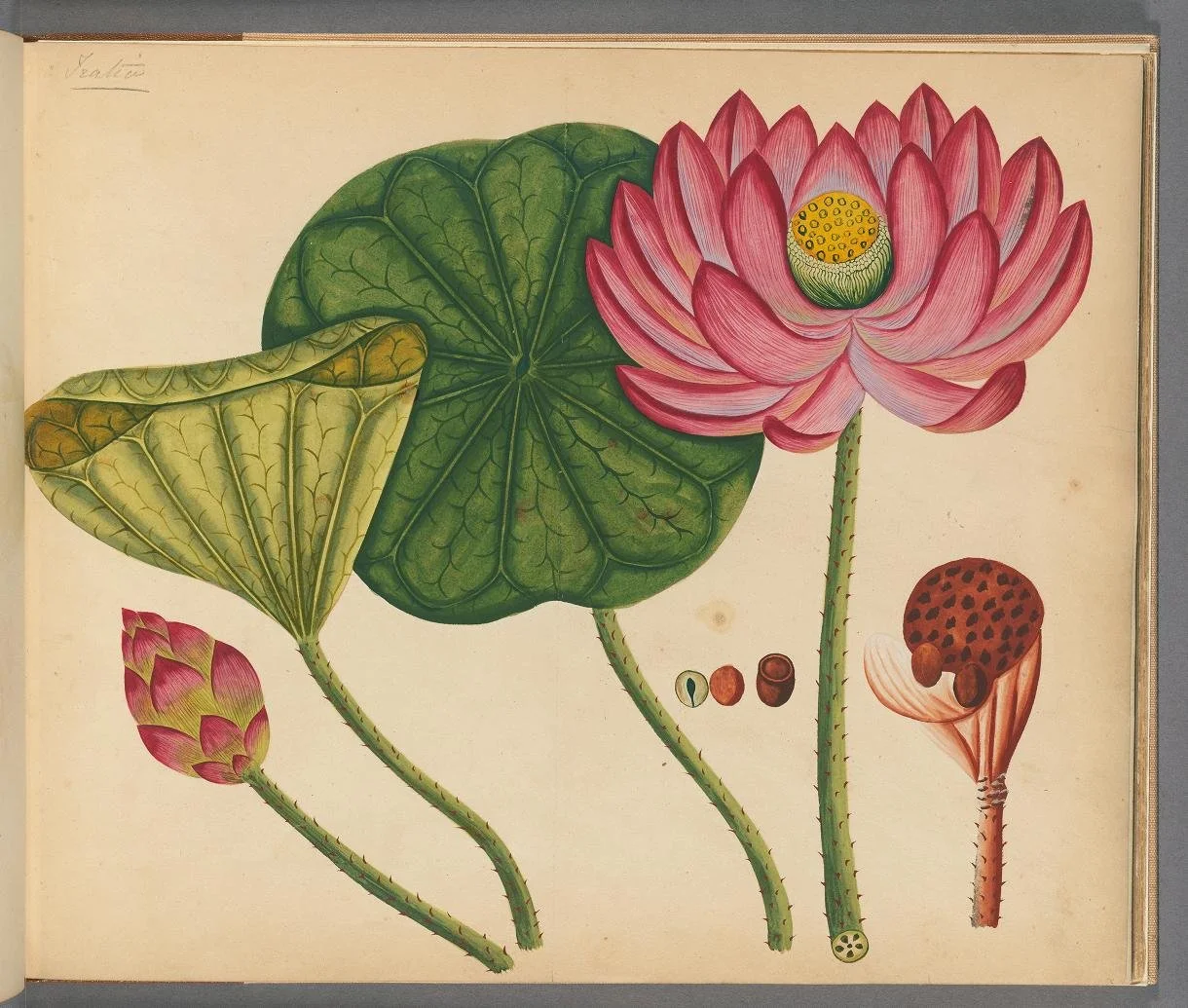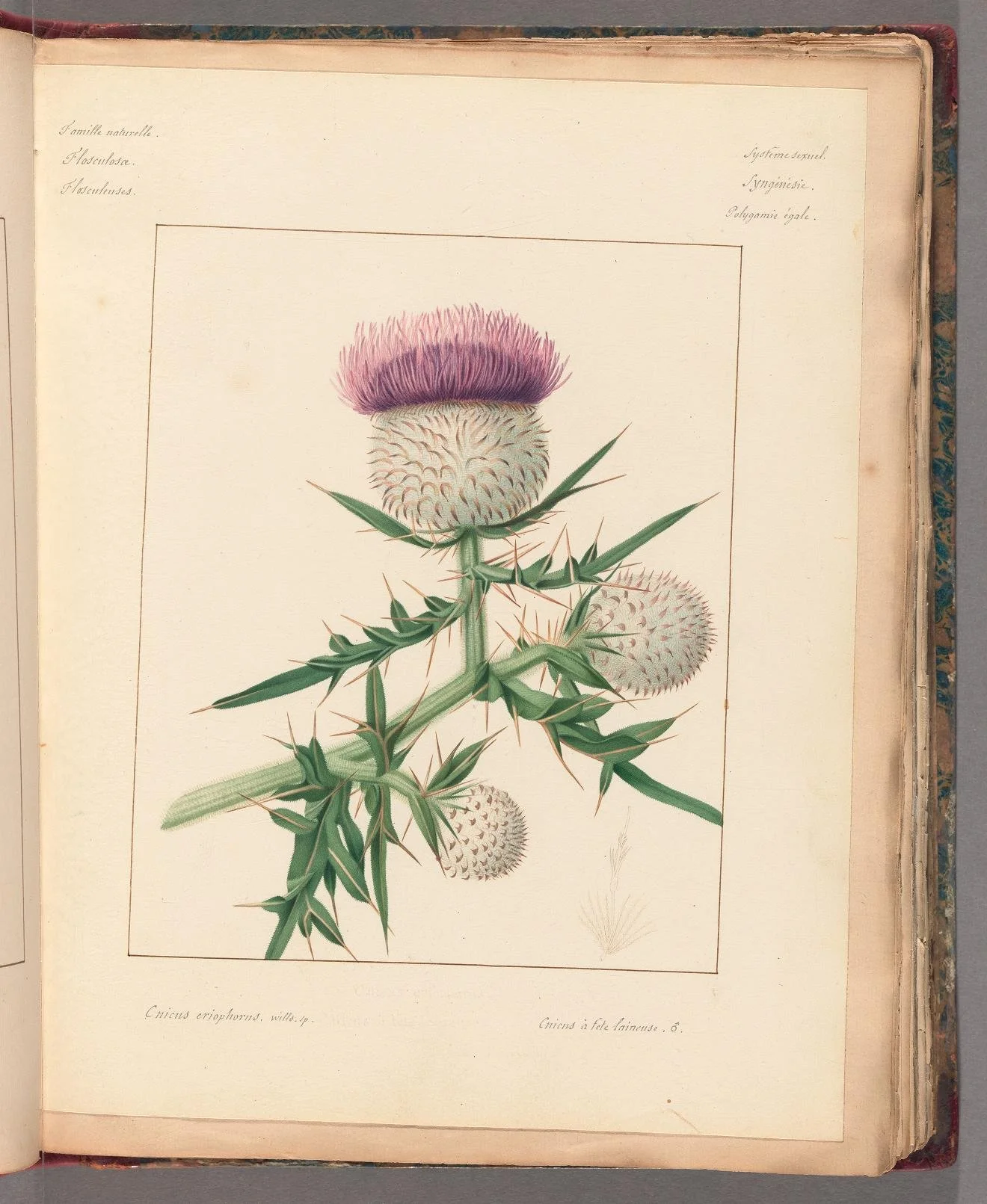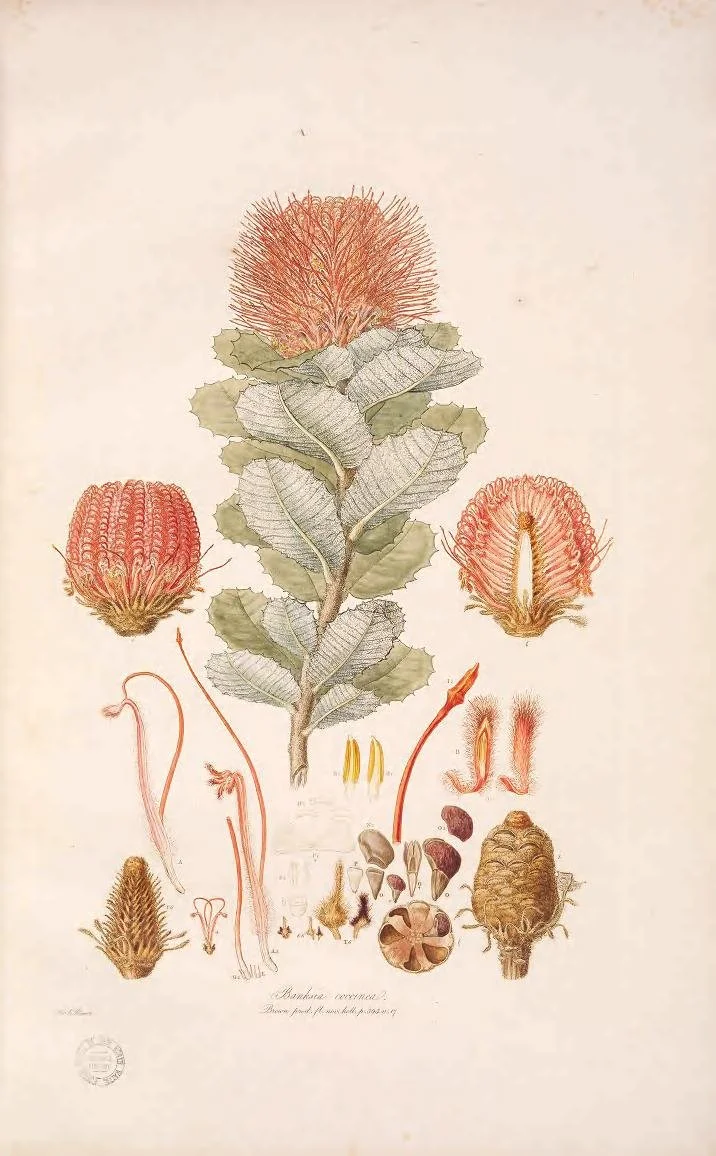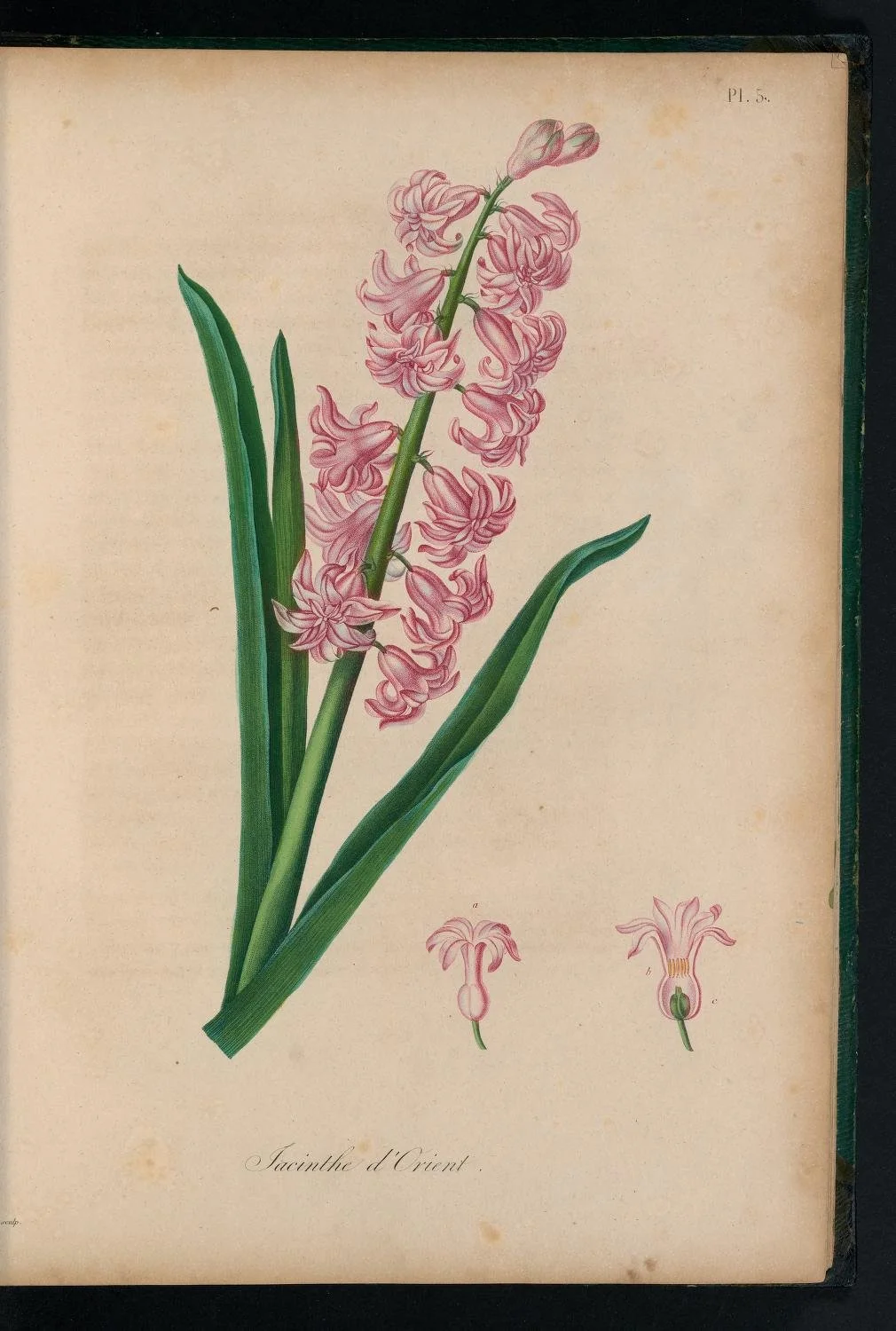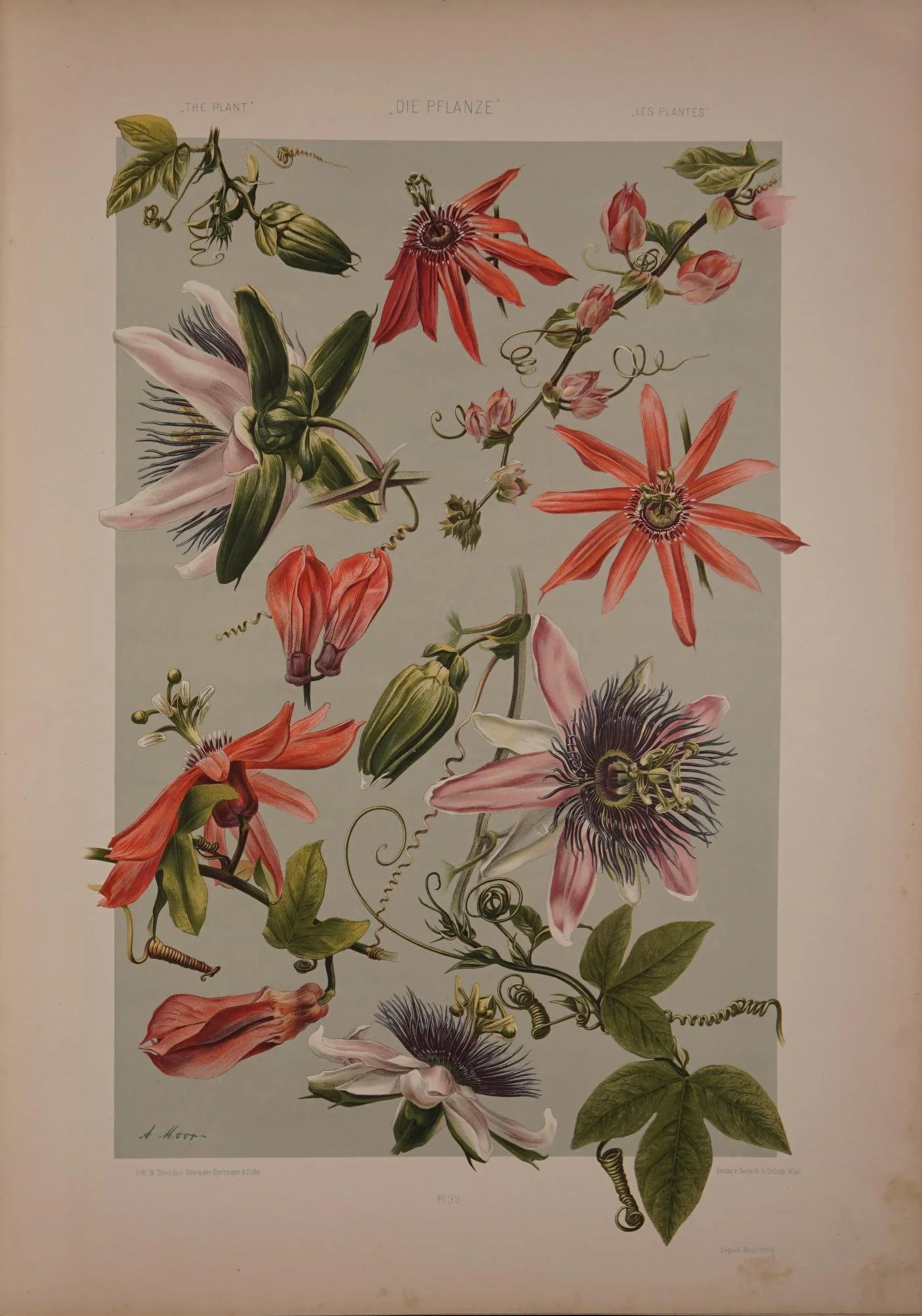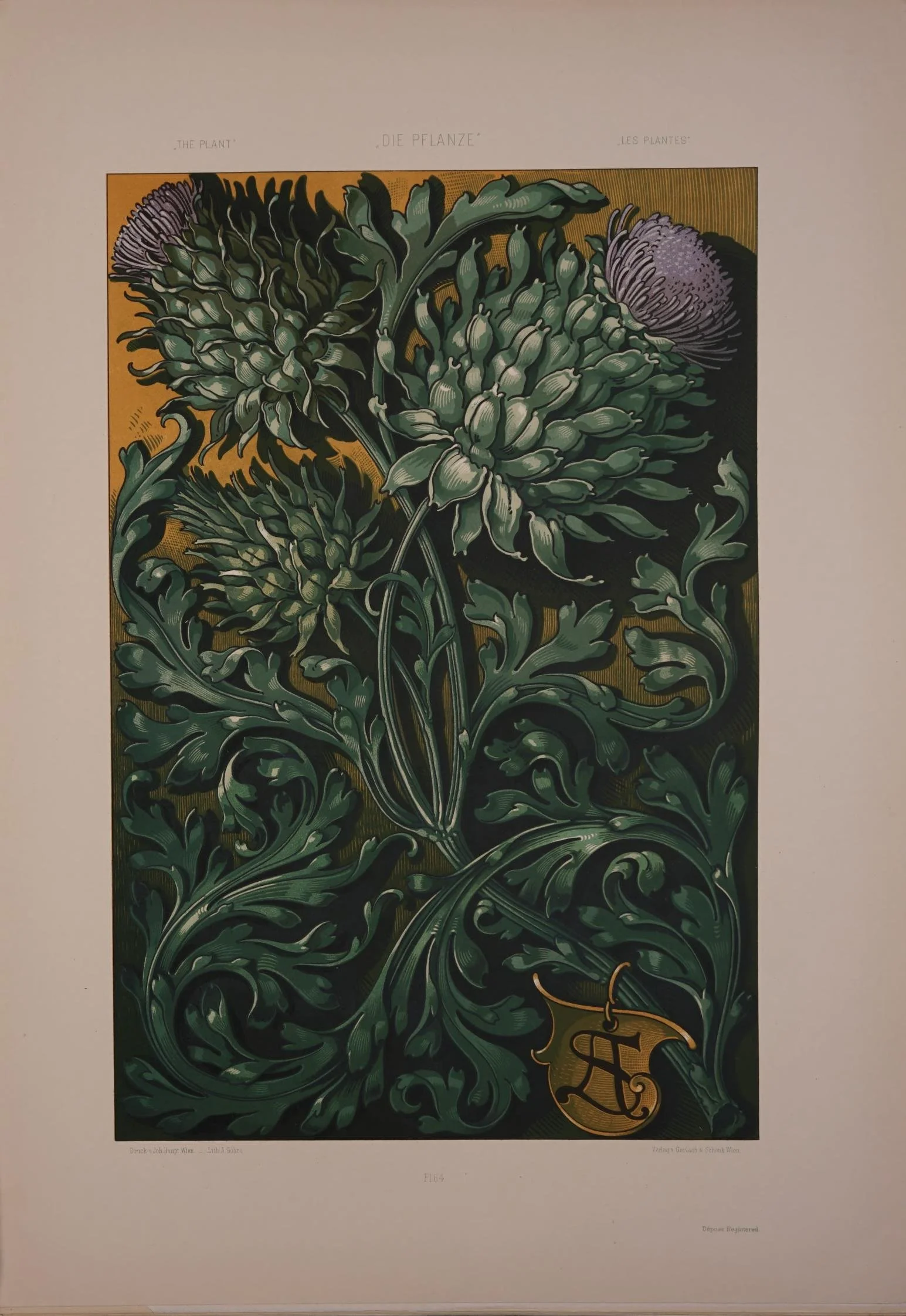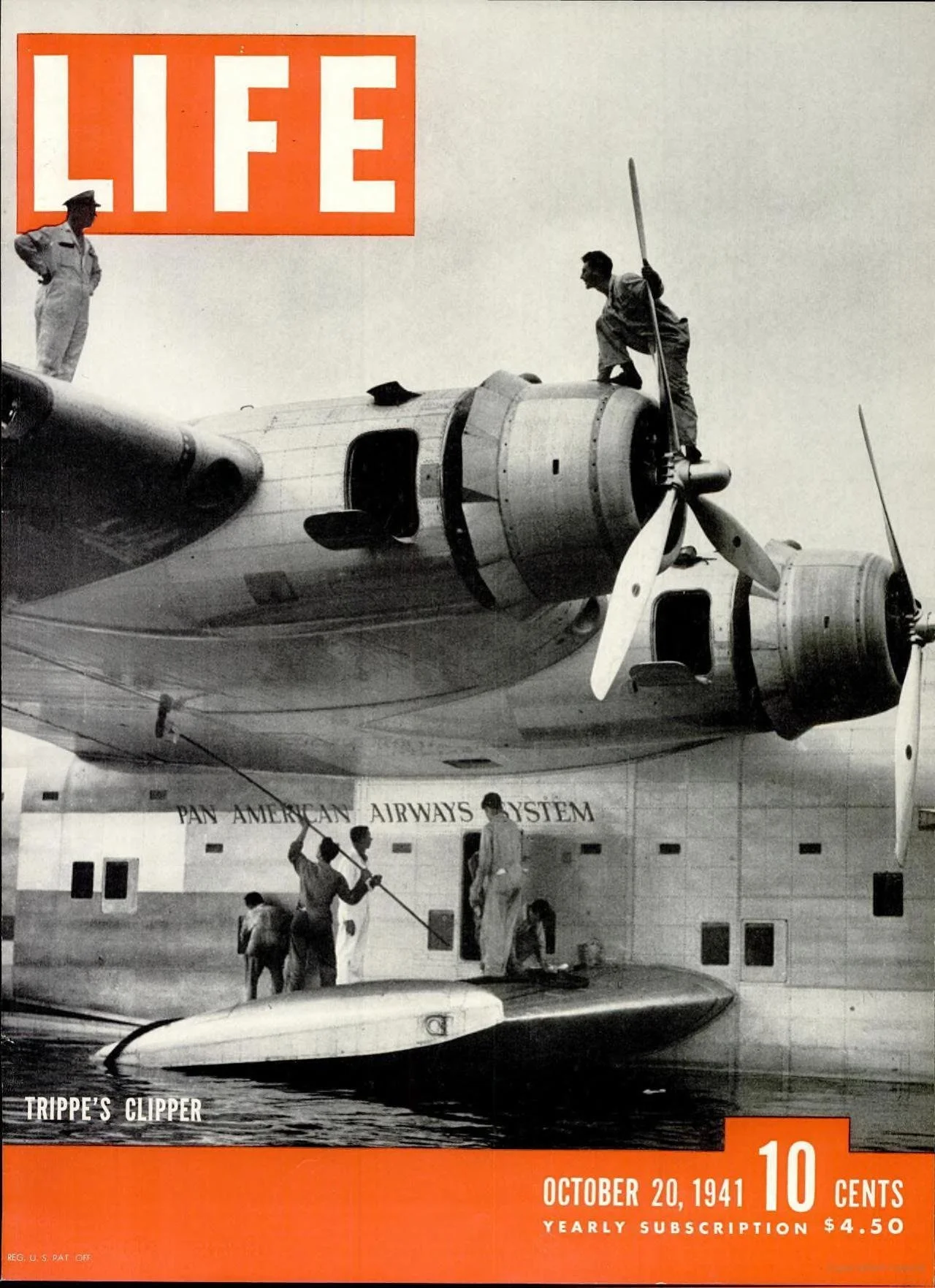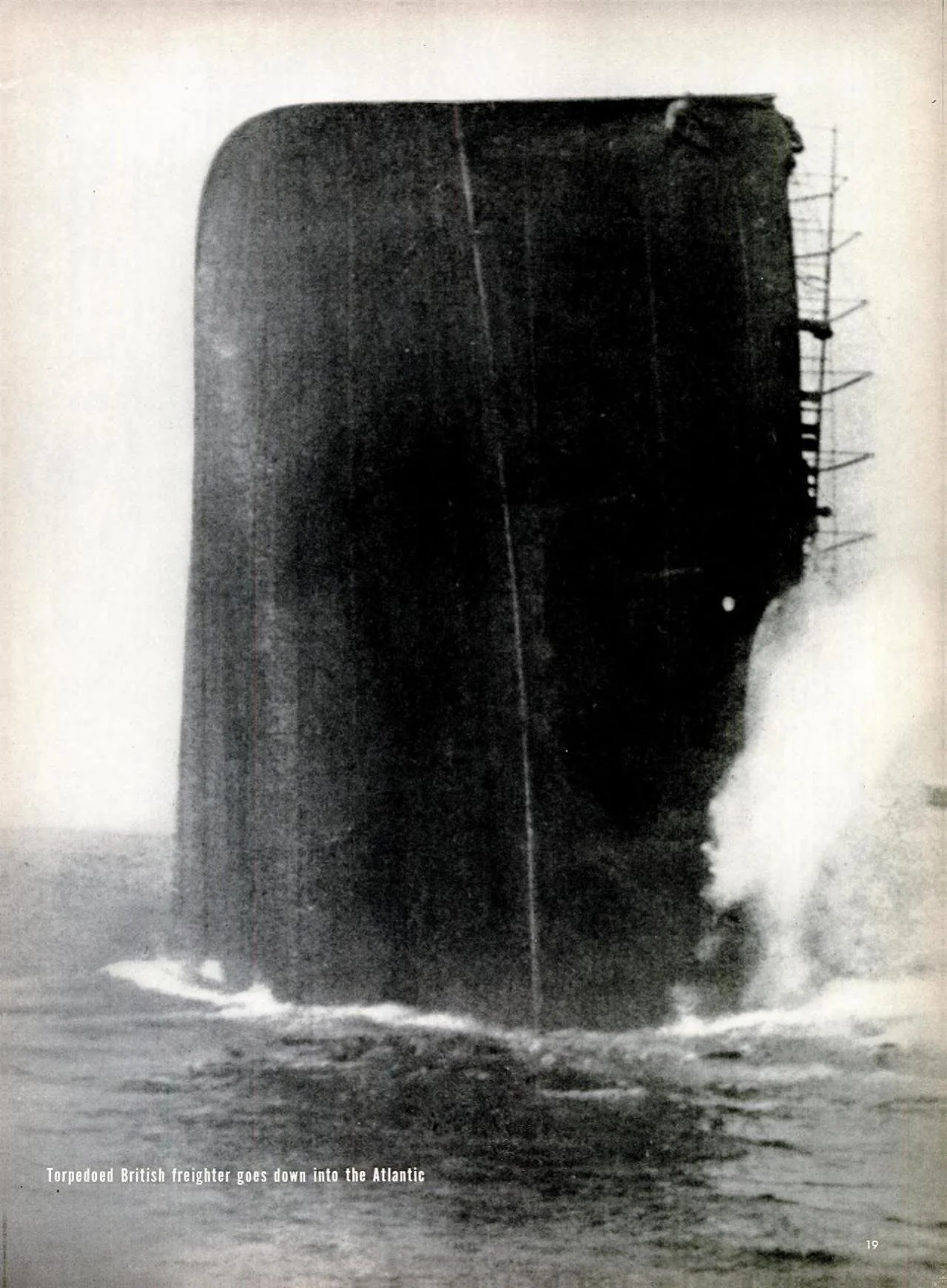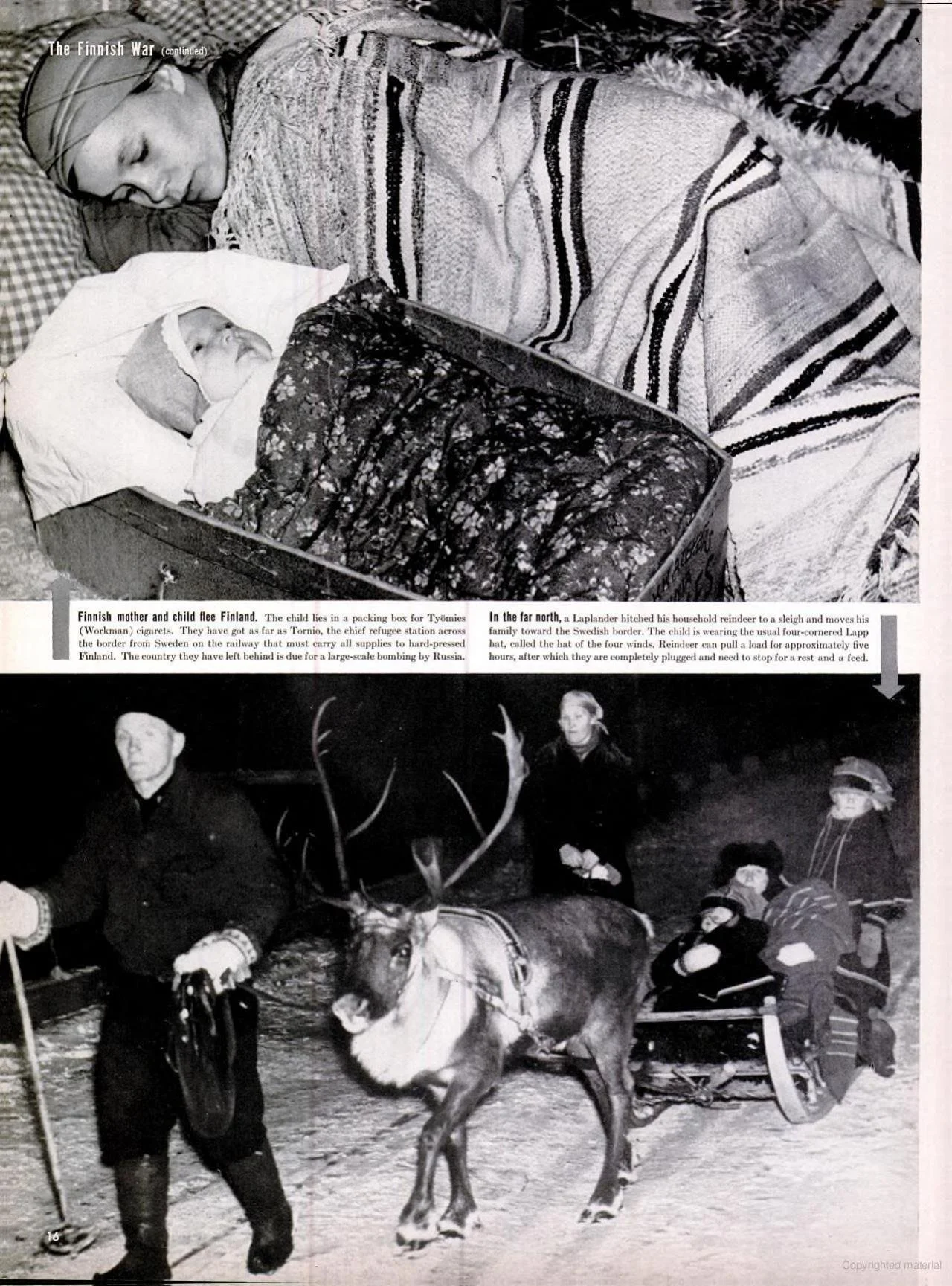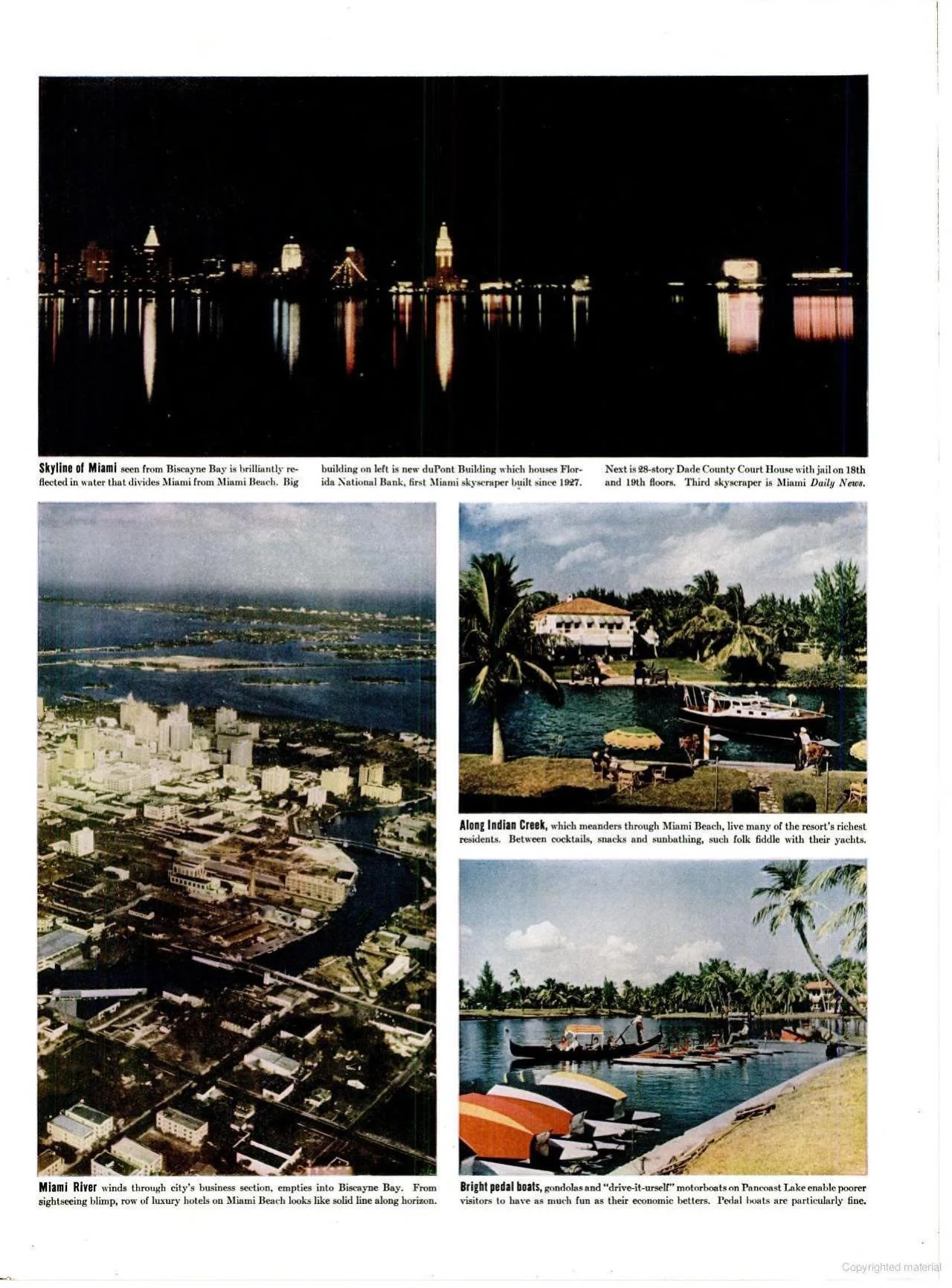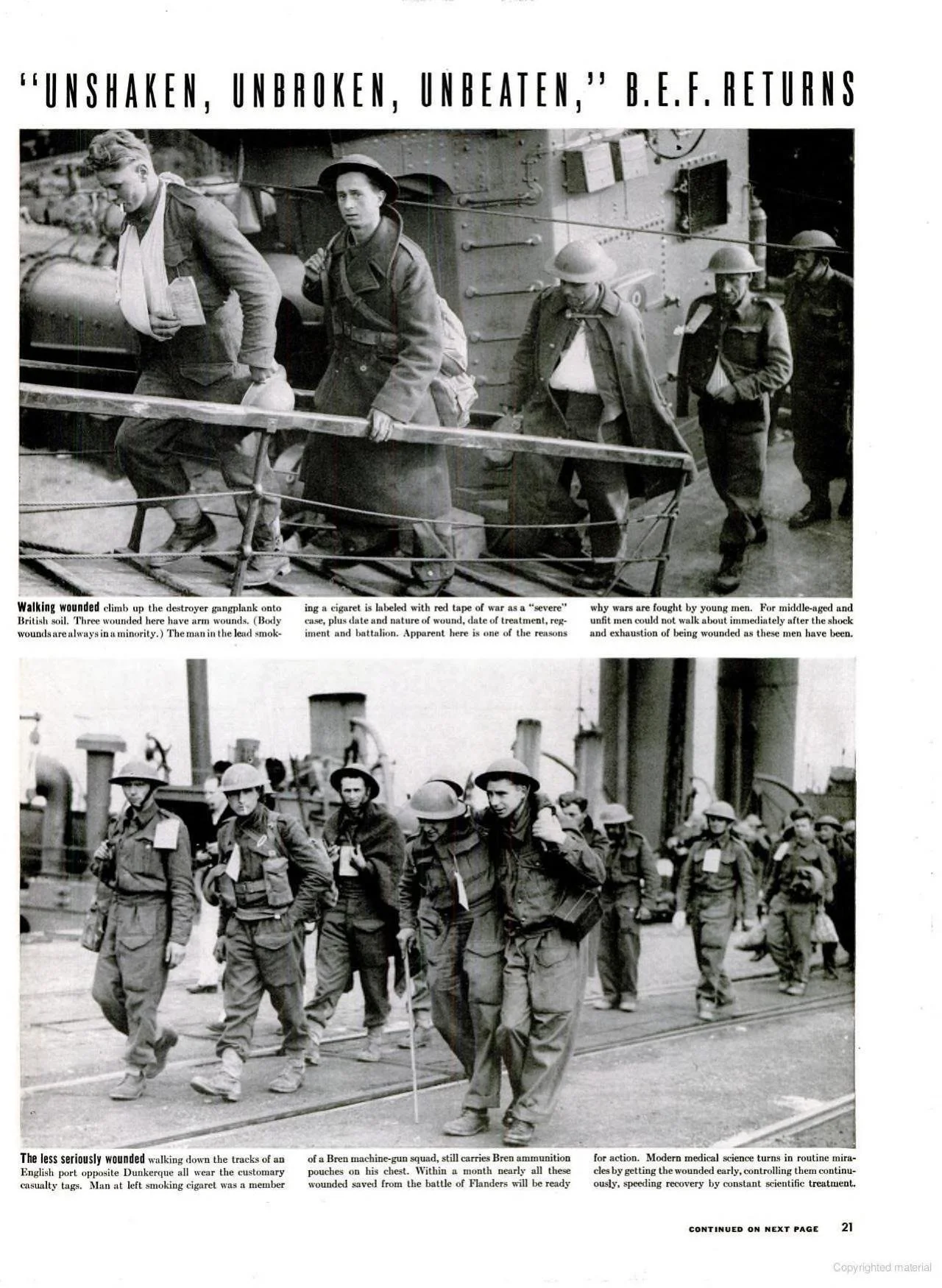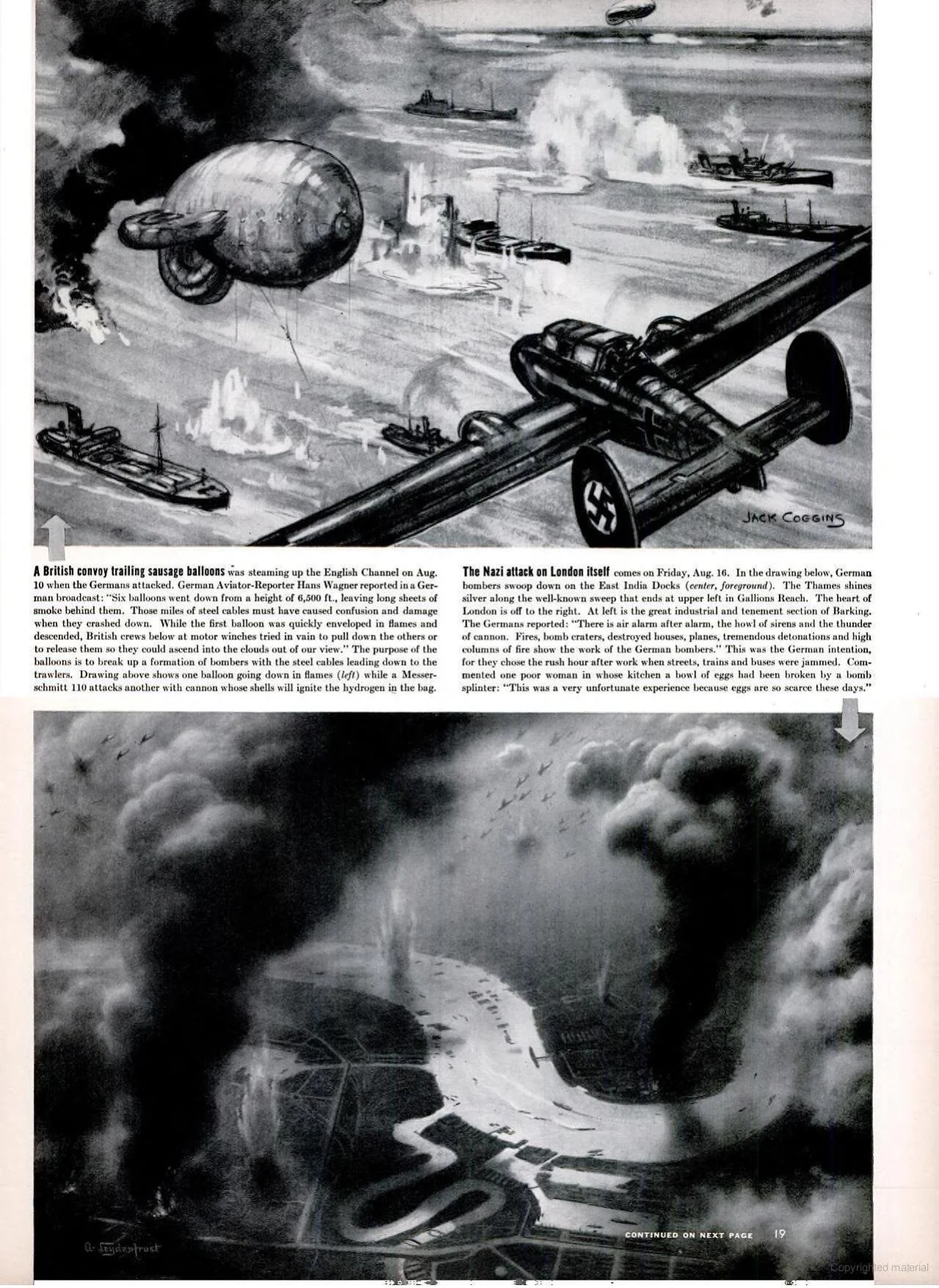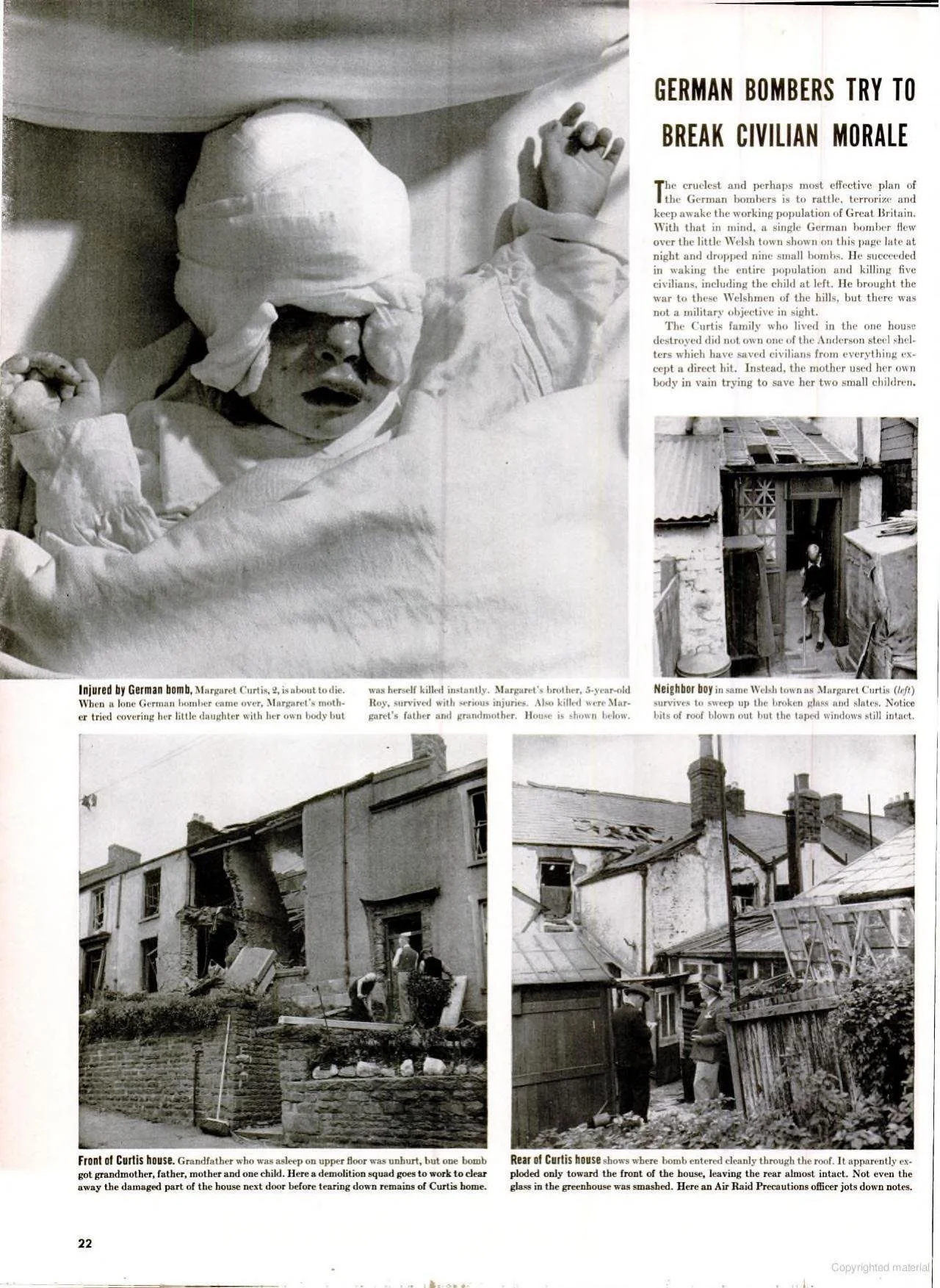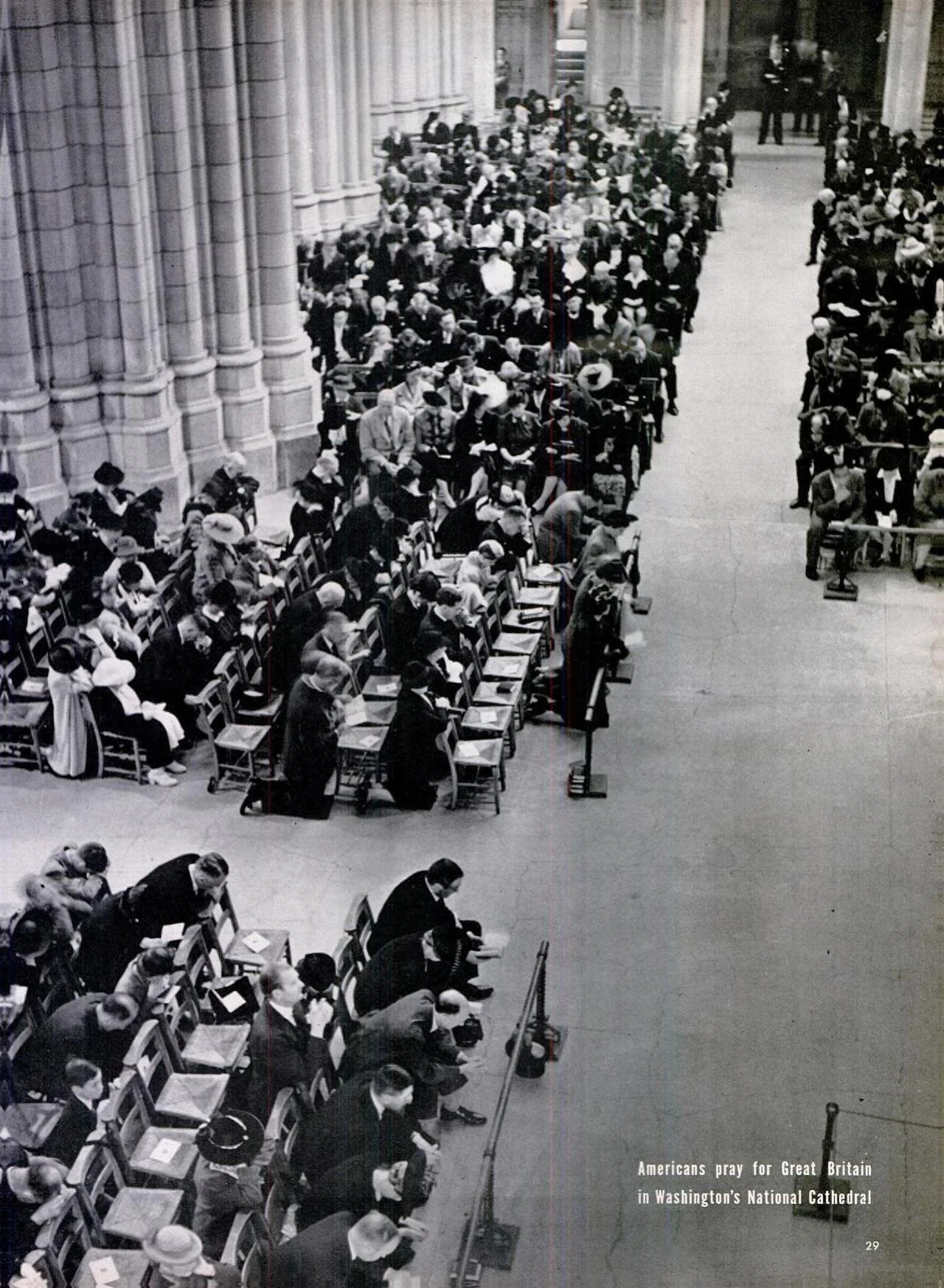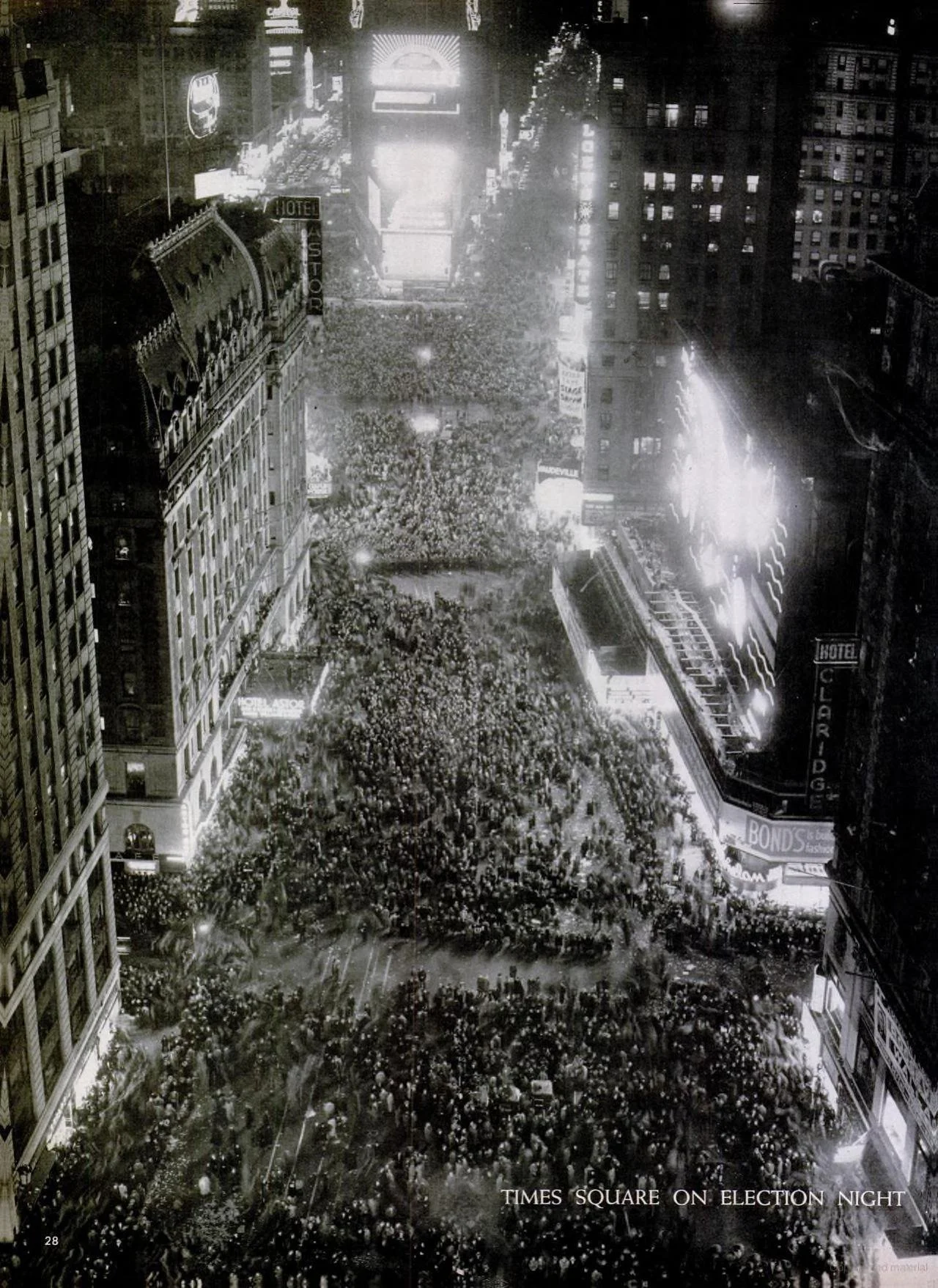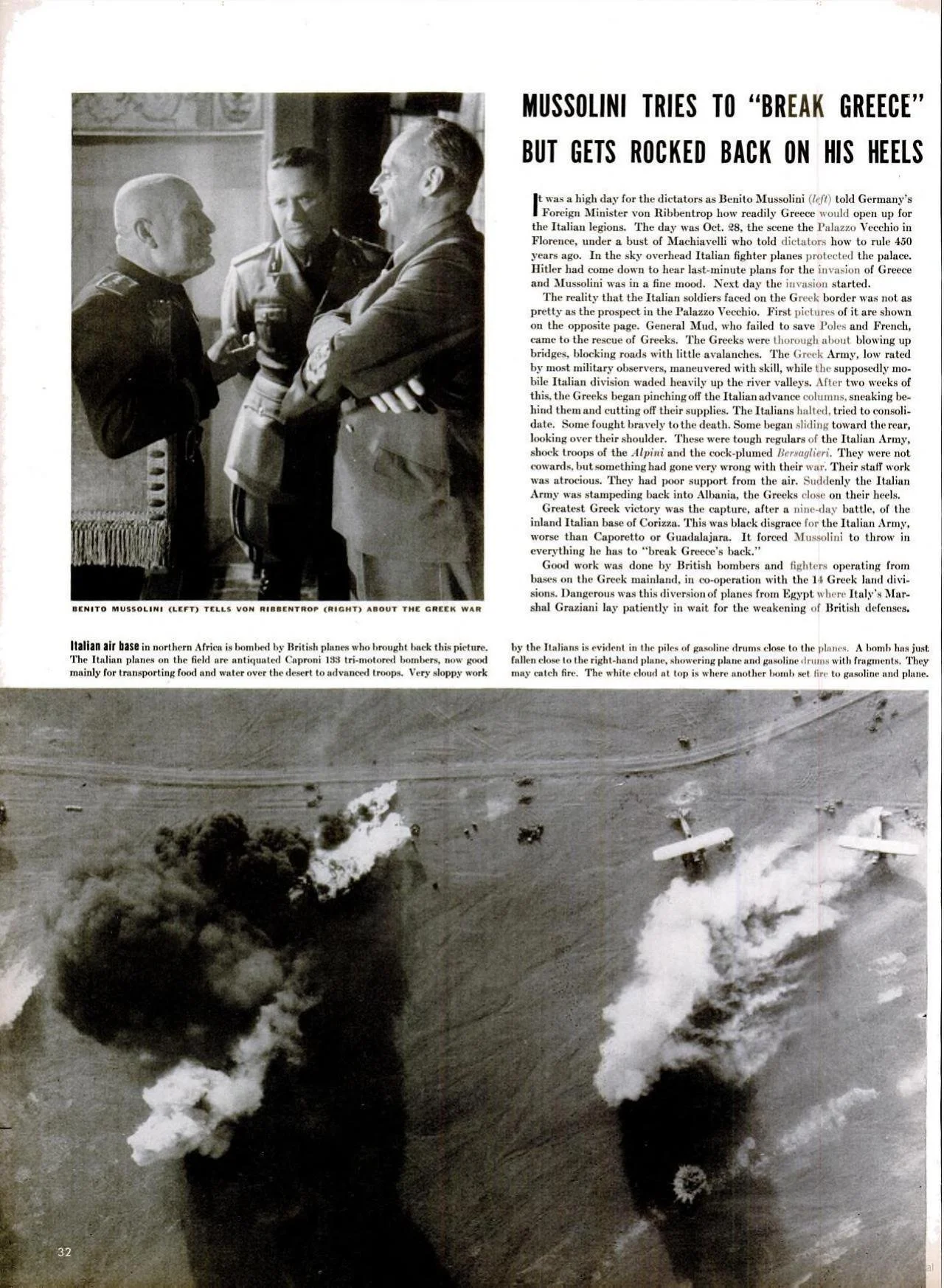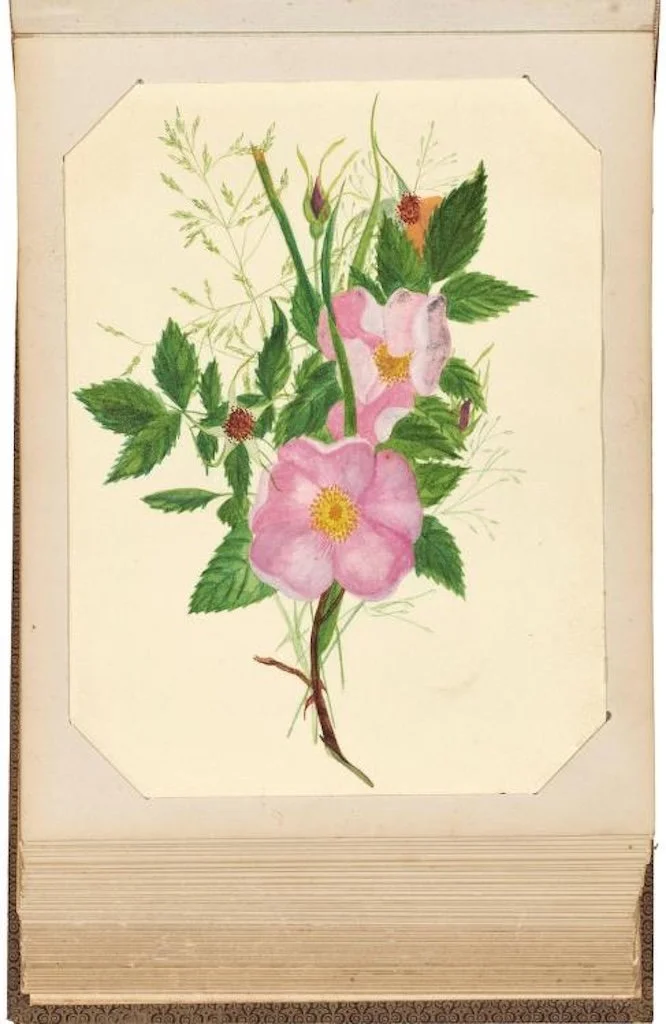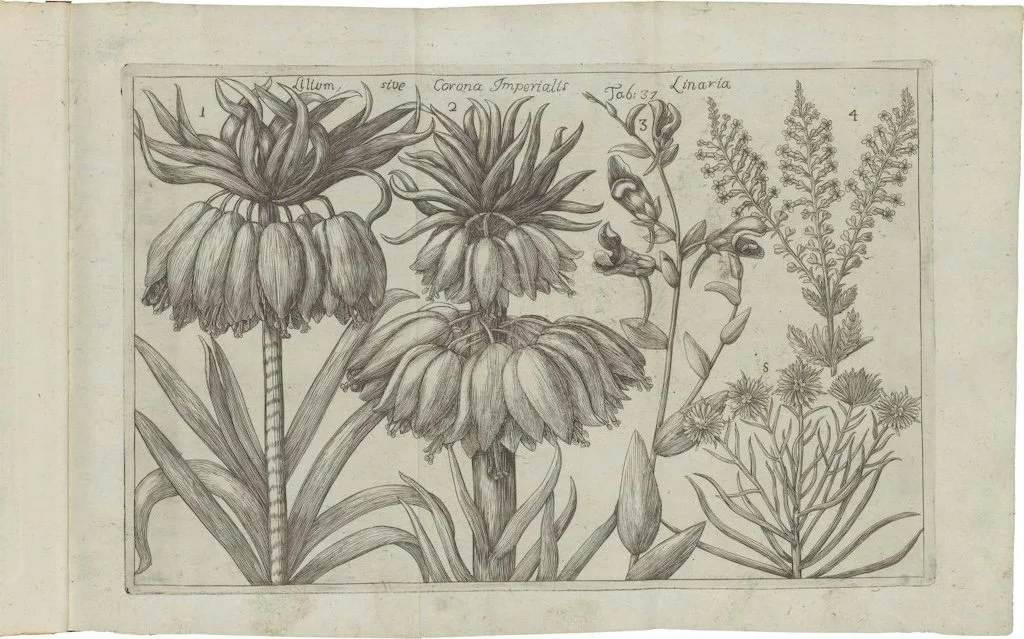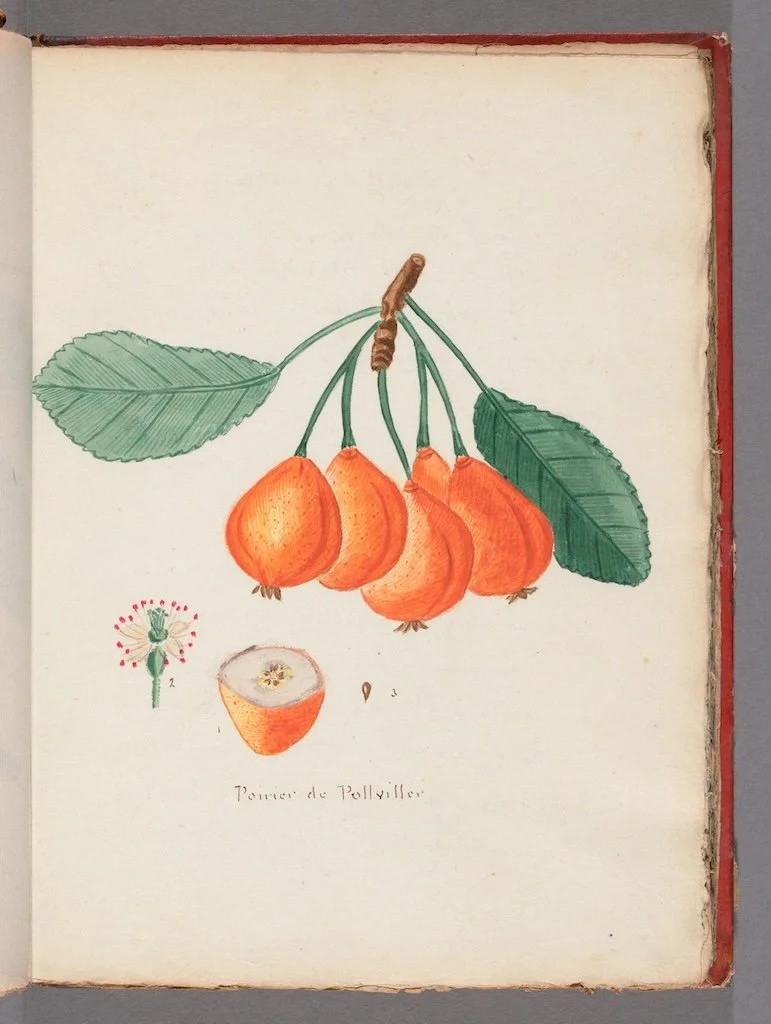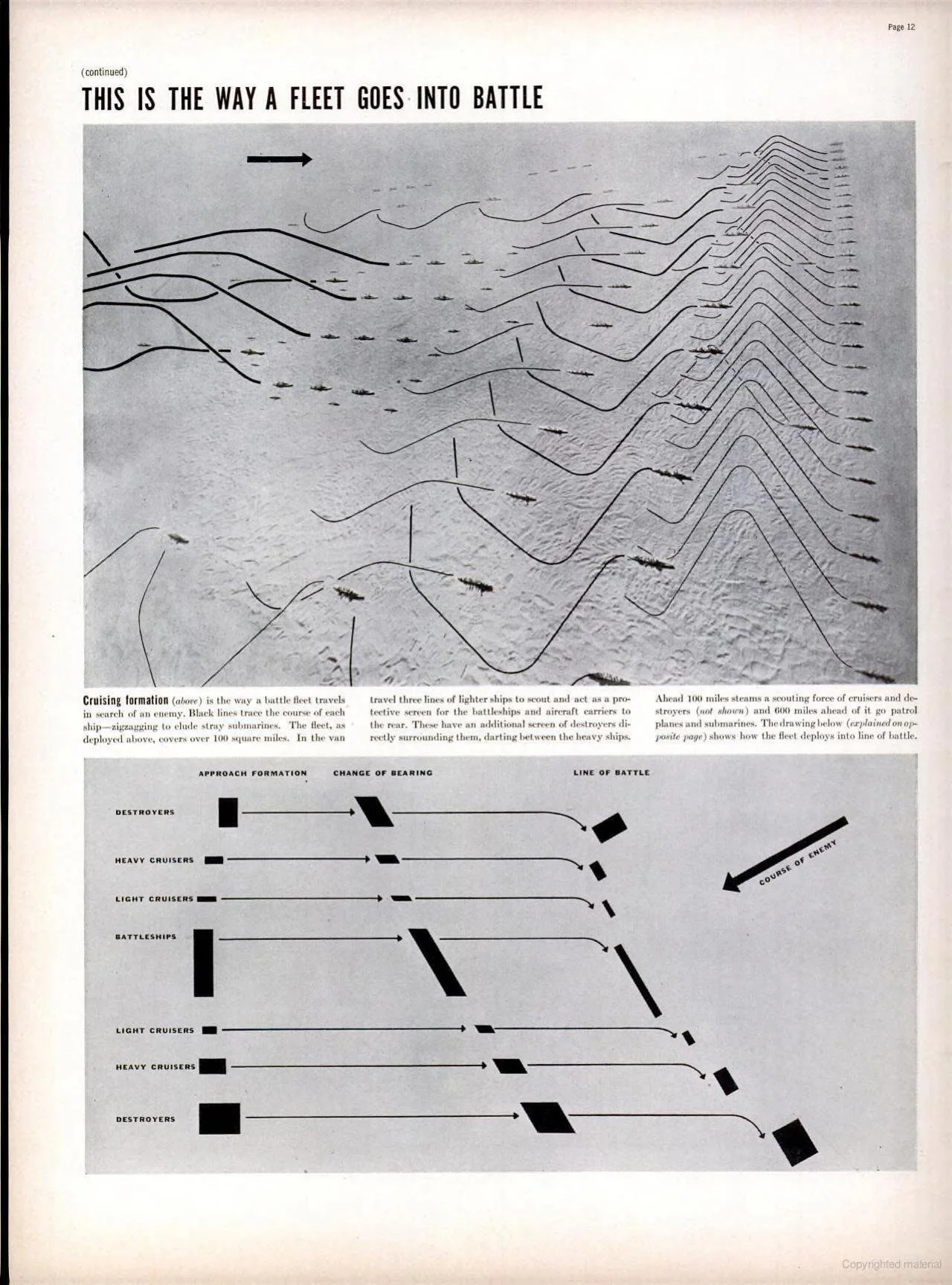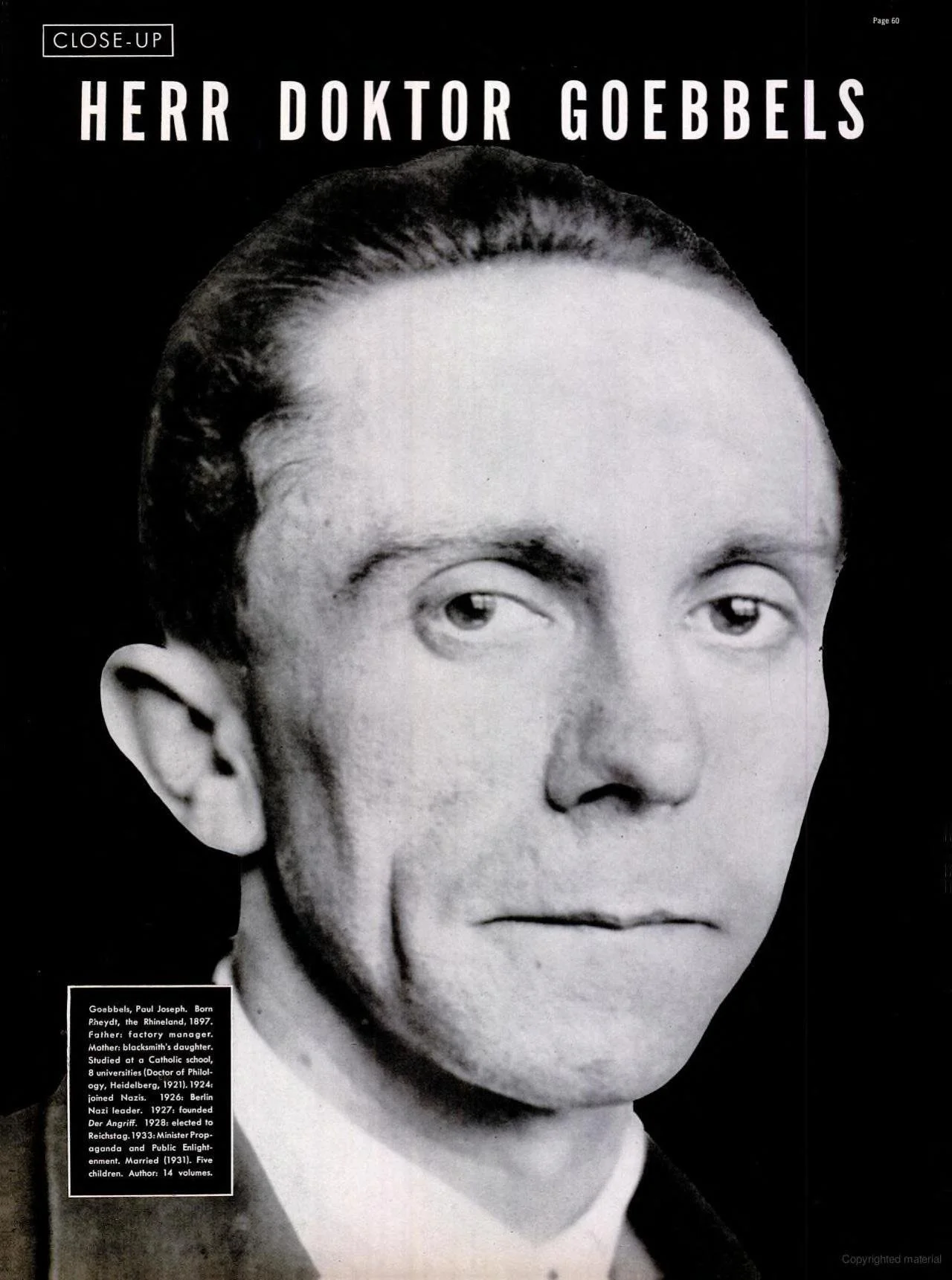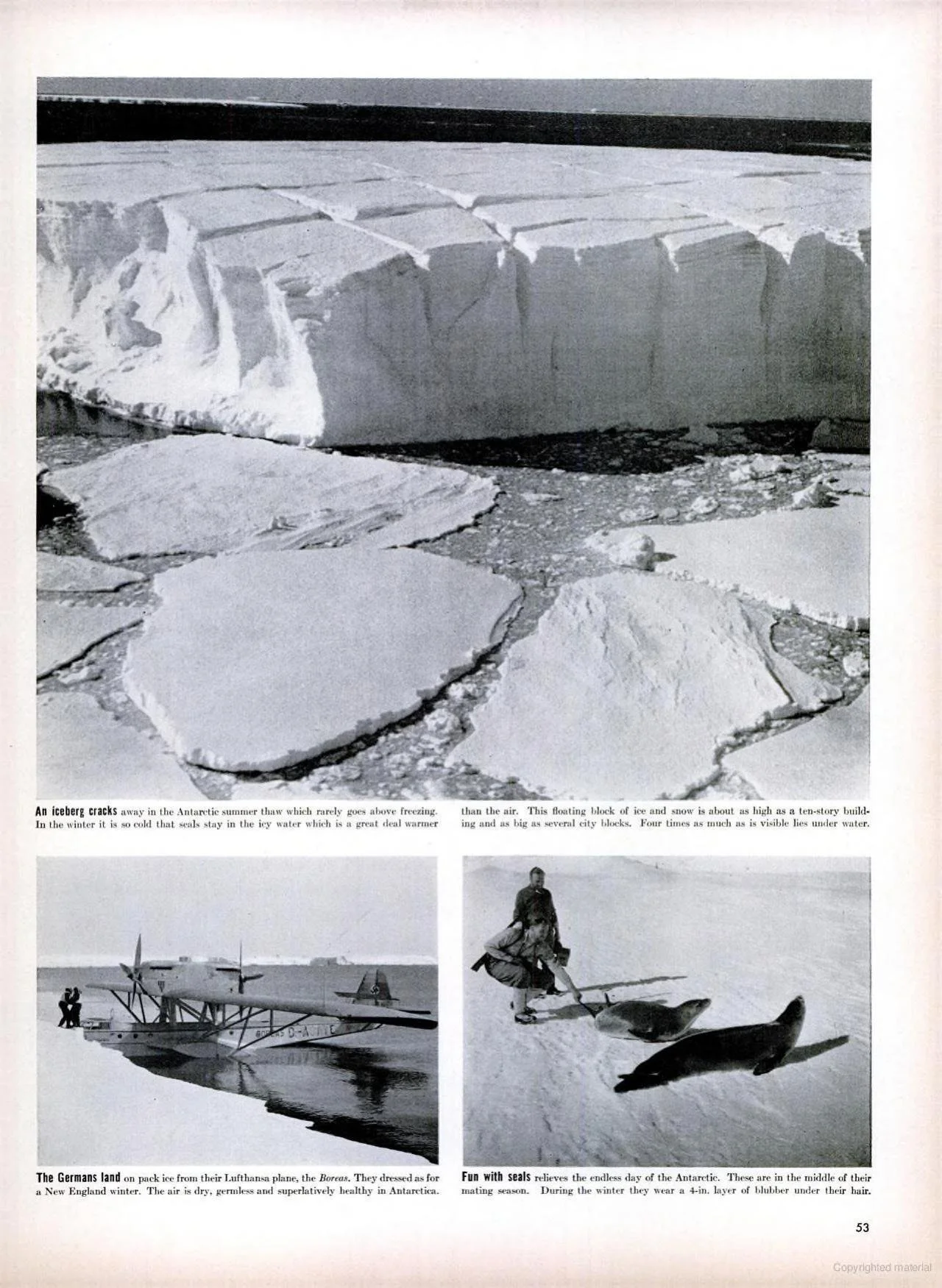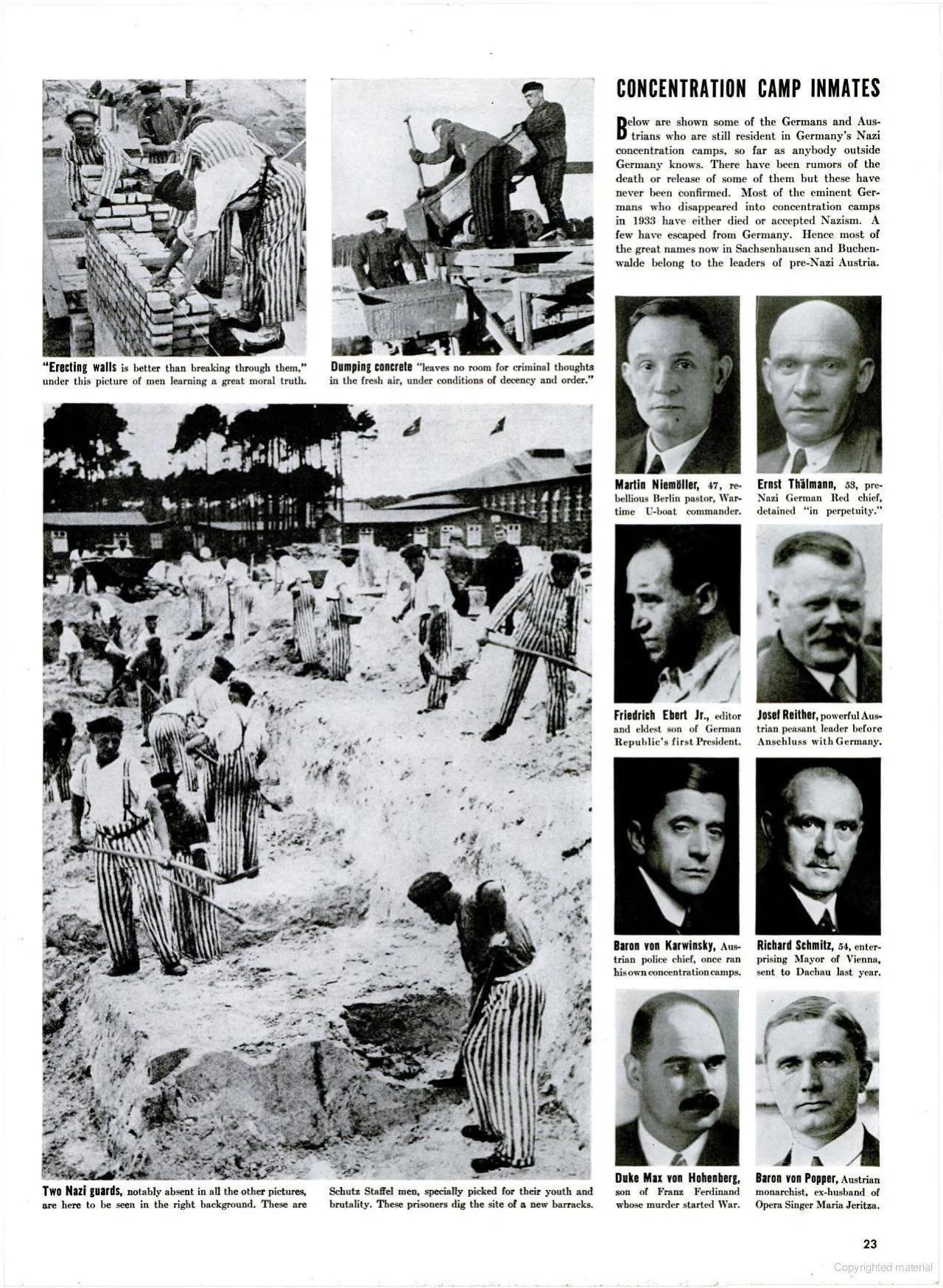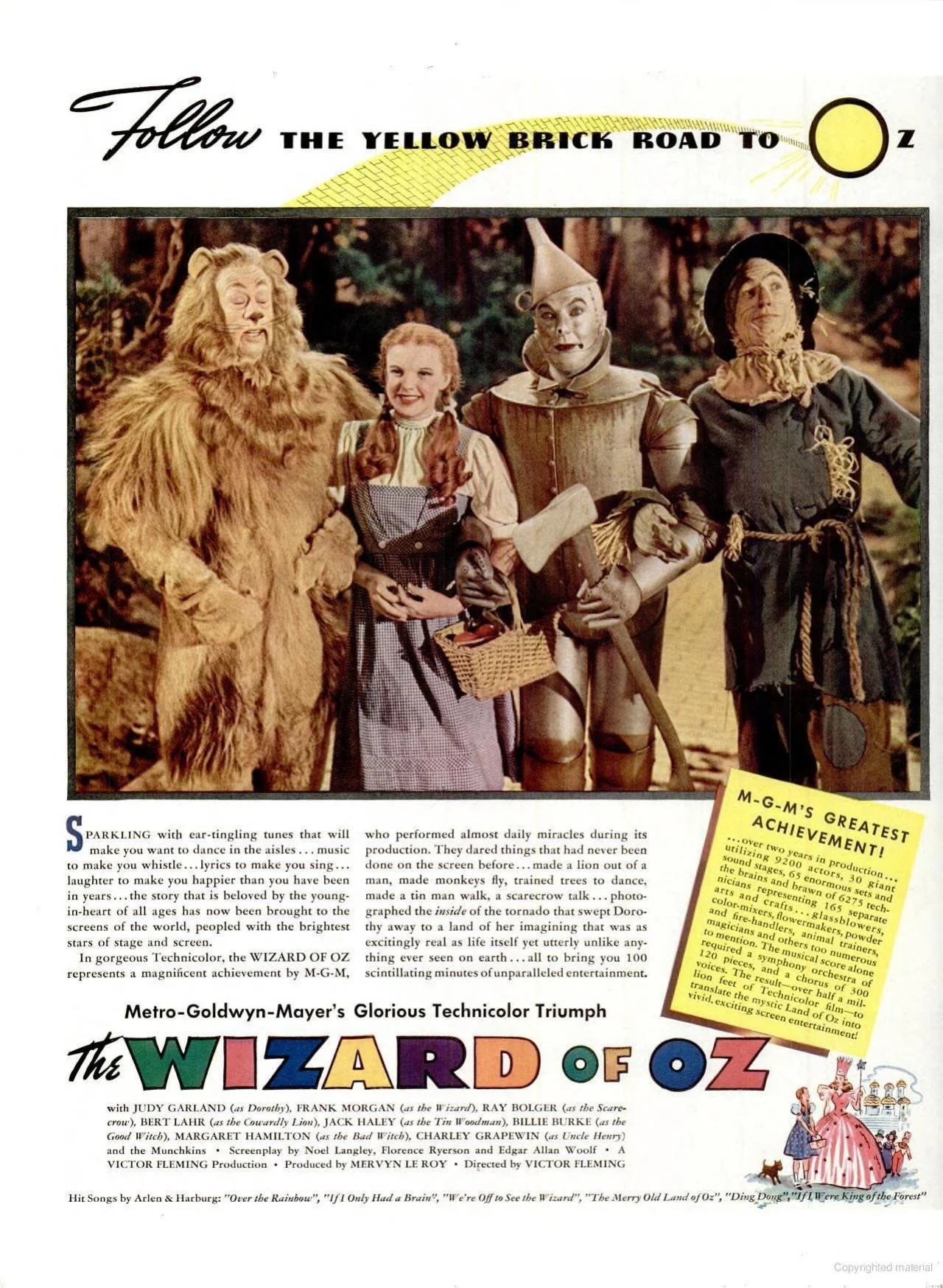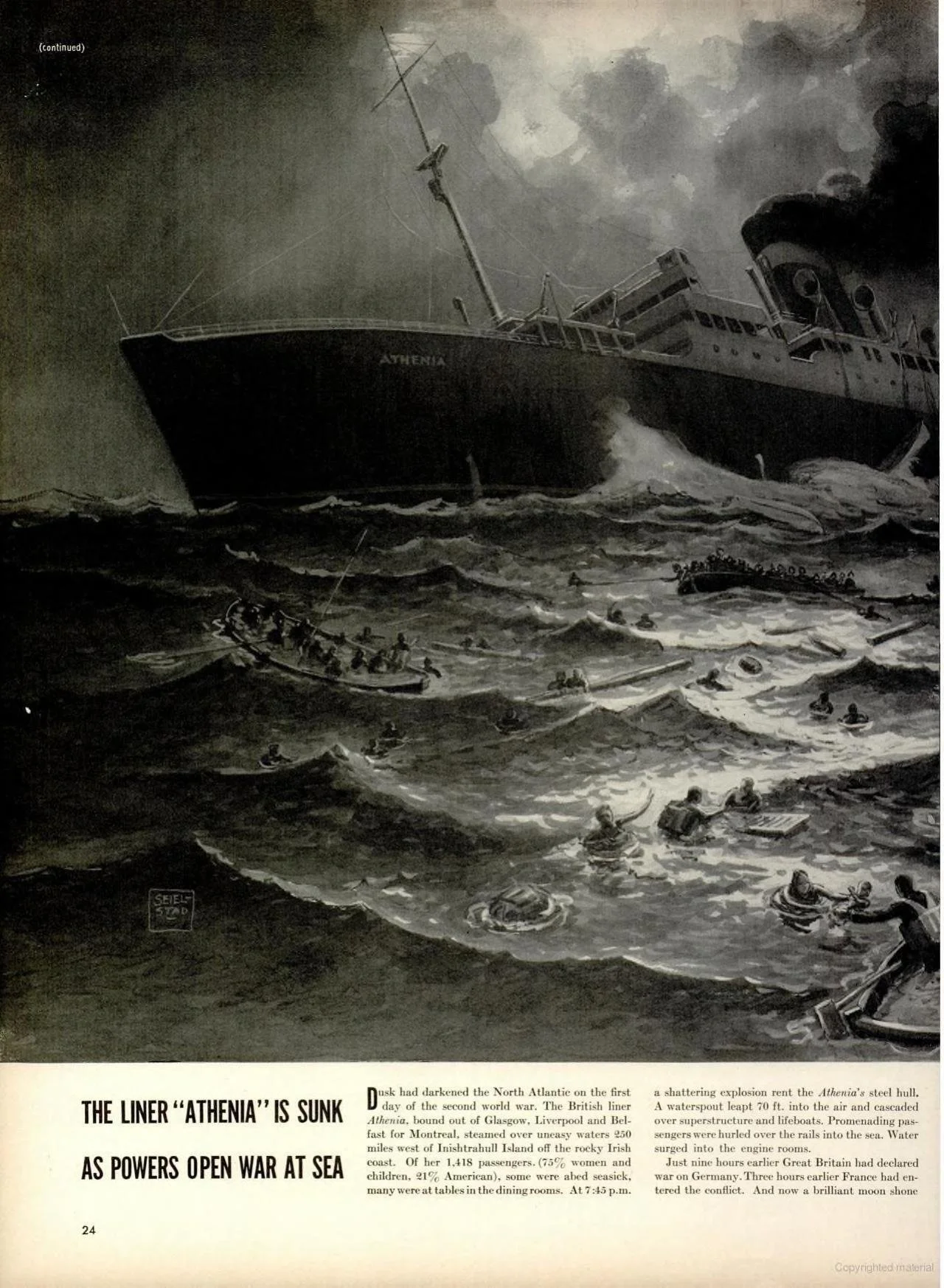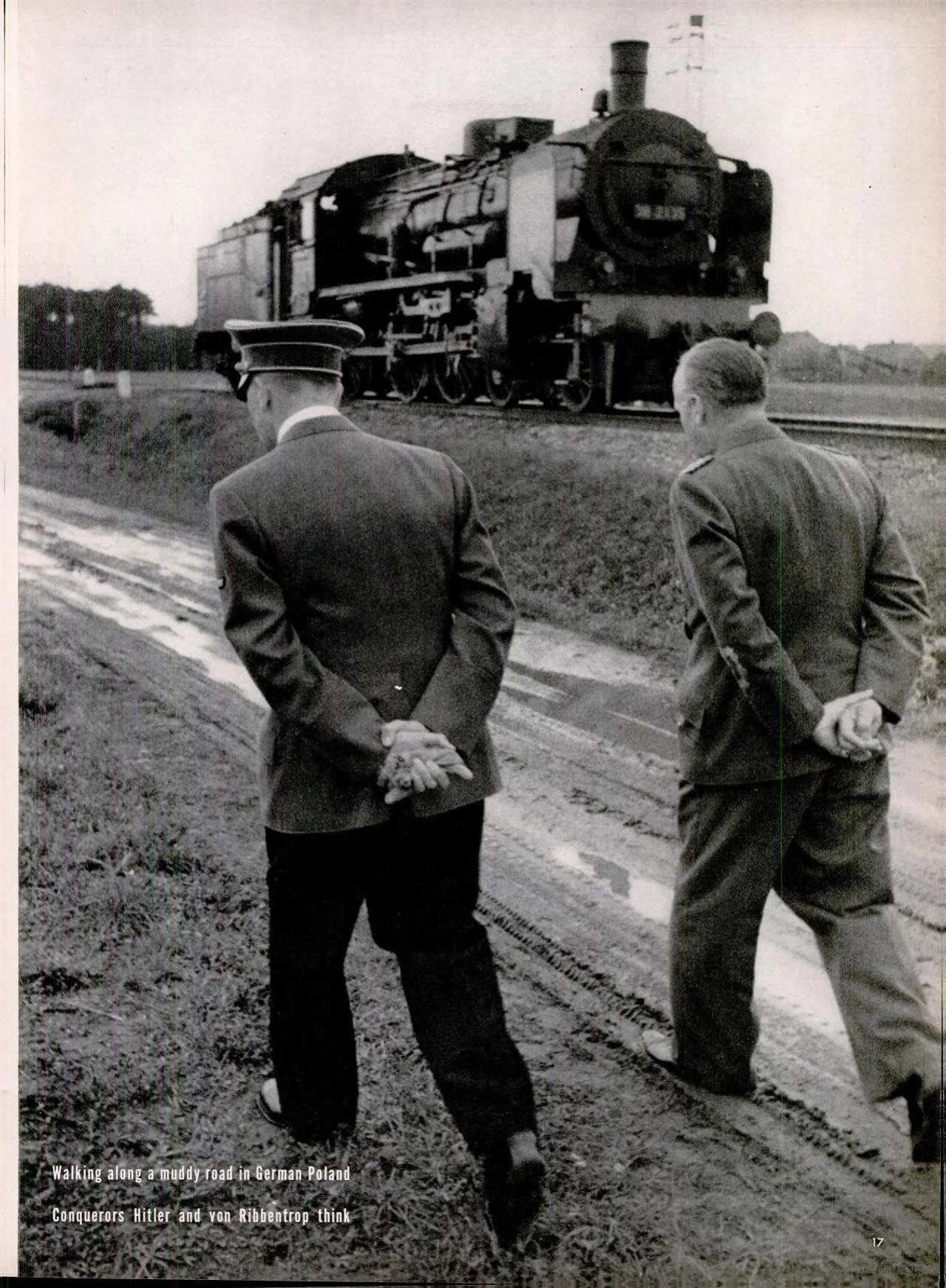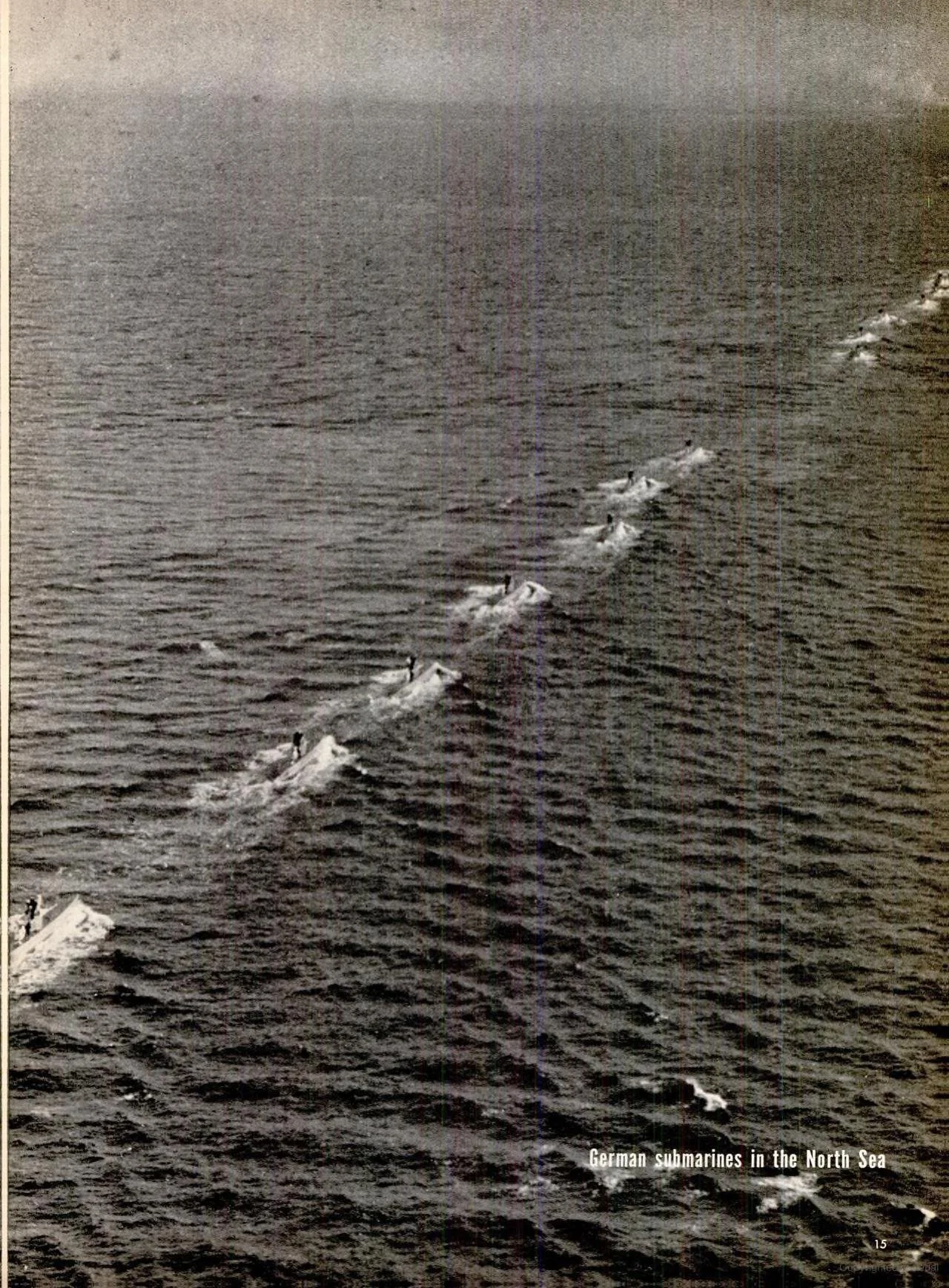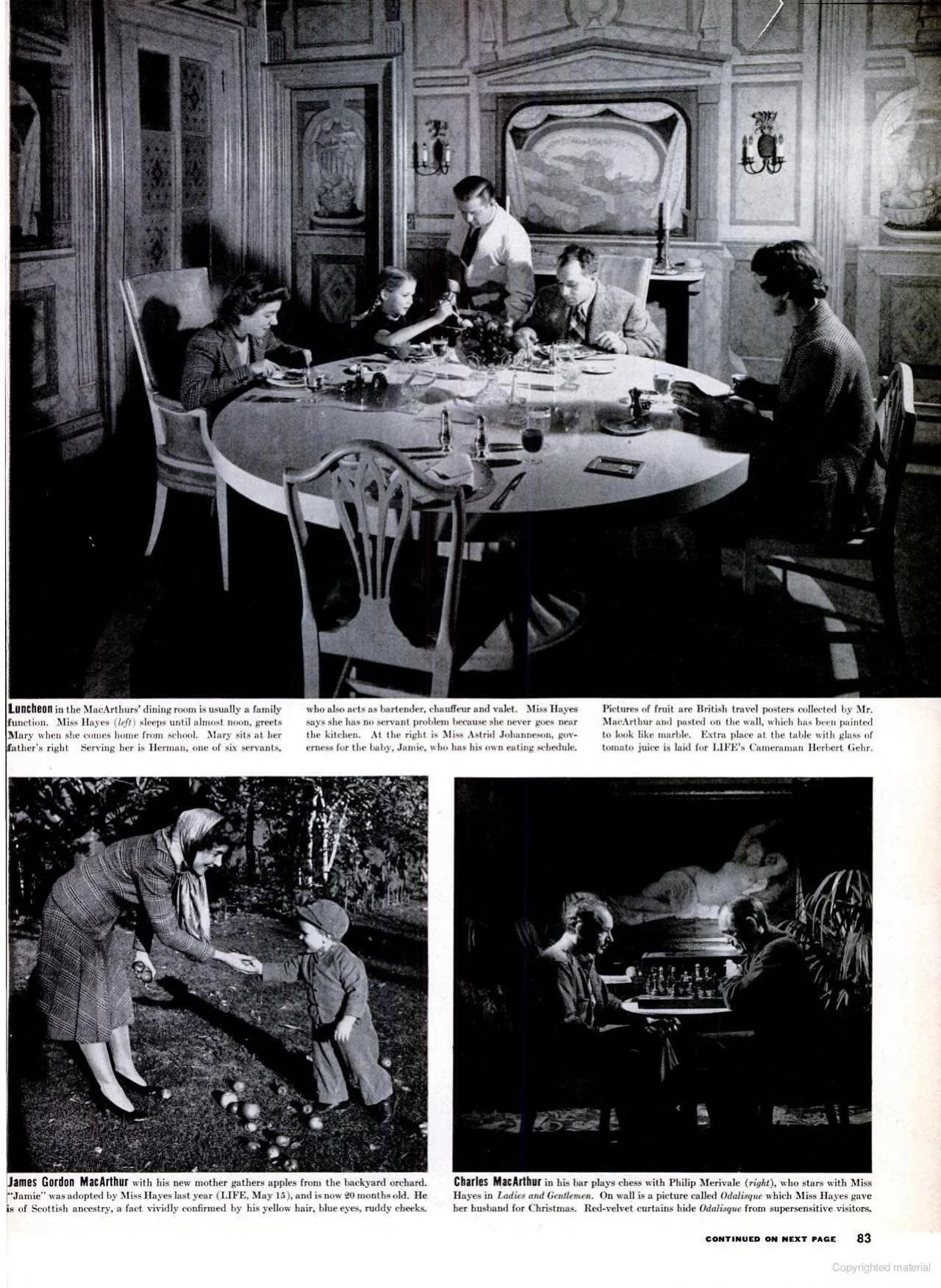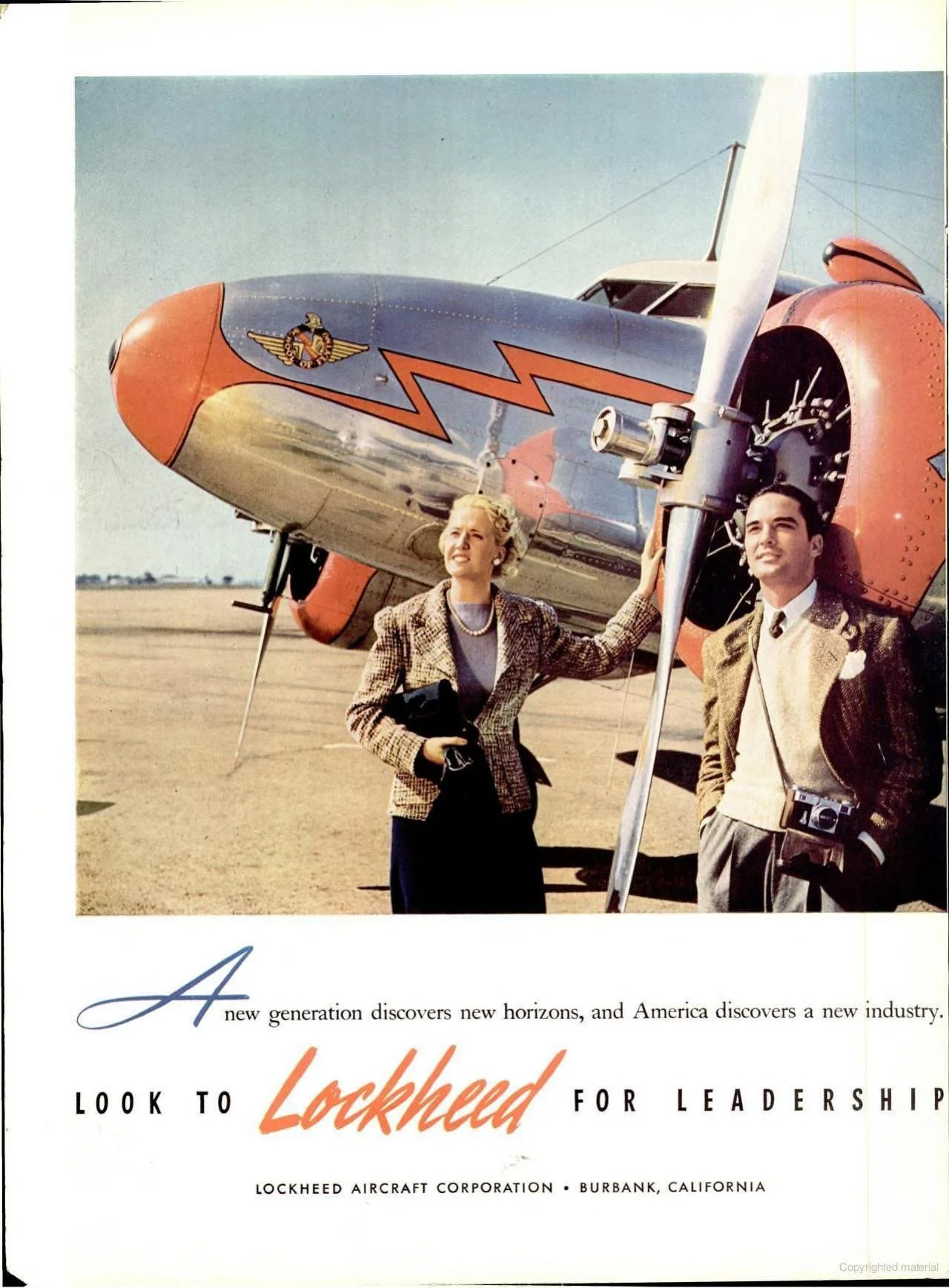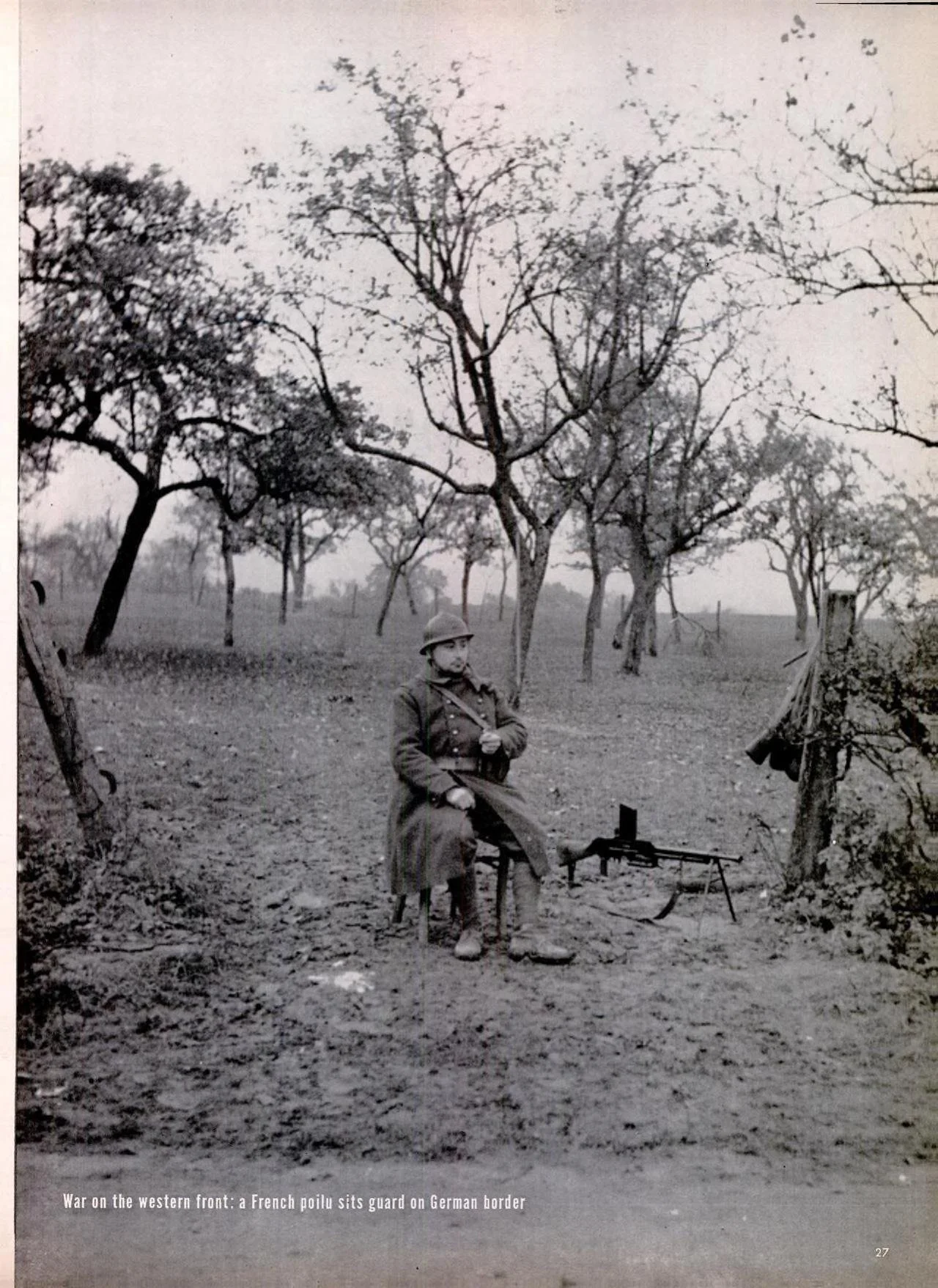Life Magazine in 1944
/Internet Archive has digitized versions of many Life Magazines. I have been browsing through them – slowly since there was an issue for each week. As I looked at the issues from 1944, I thought about how the US was focused on the war and, while the war seemed to be moving in favor of the Allies, it was brutal. Casualties were mounting and at the end of the year the battle was still raging on. (Click on any of the sample images below to see a larger version and the links to see the whole magazine online.)
Life Magazine 1944-01-03 - US civilians buy their first jeep
Life Magazine 1944-01-10 - Bob Hope
Life Magazine 1944-01-17 - Rockets
Life Magazine 1944-01-24 - X-rays
Life Magazine 1944-01-31 - Yesterday’s battlefield
Life Magazine 1944-02-07 - USS Missouri
Life Magazine 1944-02-14 - Kansas raises fine families
Life Magazine 1944-02-21 - Evacuation hospital
Life Magazine 1944-02-28 - Pullman ad
Life Magazine 1944-03-06 - Belmont Radio ad
Life Magazine 1944-03-13 - Attu Island
Life Magazine 1944-03-13 - Tule Lake Hospital (Japanese Interment)
Life Magazine 1944-03-27 - Worst garden weeds
Life Magazine 1944-04-03 - Oil wells
Life Magazine 1944-04-10 - Dyslexia
Life Magazine 1944-04-17 - April snow in New York City
Life Magazine 1944-04-24 - Spring 1944
Life Magazine 1944-05-01 - Ruined Anzio
Life Magazine 1944-05-08 - Steamboat on the Mississippi
Life Magazine 1944-05-15 - Troop train
Life Magazine 1944-05-22 - In the Aleutians
Life Magazine 1944-05-29 - US submarine saves airmen
Life Magazine 1944-06-05 - Woman in California shipbuilding
Life Magazine 1944-06-12 - Rome falls
Life Magazine 1944-06-19 - Ships bring back wounded and dead
Life Magazine 1944-06-26 - Palmyra atoll
Life Magazine 1944-07-03 - Taps Normandy: June 1944
Life Magazine 1944-07-10 - B-29
Life Magazine 1944-07-17 - Penicillin
Life Magazine 1944-07-24 - War ravages Italy’s art
Life Magazine 1944-07-31 - Infantile paralysis (polio)
Life Magazine 1944-08-07 - Swedish glass
Life Magazine 1944-08-14 - Marshal Tito
Life Magazine 1944-08-21 - Truman of Missouri
Life Magazine 1944-08-28 - Invasion array
Life Magazine 1944-09-04 - Korea
Life Magazine 1944-09-11 - Dutch Elm Disease
Life Magazine 1944-09-18 - Brussels
Life Magazine 1944-09-25 - US production soars
Life Magazine 1944-10-02 - First battle of German begins
Life Magazine 1944-10-09 - Wartime England
Life Magazine 1944-10-16 - Fading Newport
Life Magazine 1944-10-23 - Colorado River
Life Magazine 1944-10-30 - Omaha Beach
Life Magazine 1944-11-06 - Kitchen preview
Life Magazine 1944-11-13 - Sea floods Holland
Life Magazine 1944-11-20 - Roosevelt wins a 3rd term
Life Magazine 1944-11-27 - Moscow
Life Magazine 1944-12-04 - Hitler
Life Magazine 1944-12-11 - List of US war causalities
Life Magazine 1944-12-18 - The battlefield of Germany
Life Magazine 1944-12-25 - Civil War breaks out in Greece






























































































































































































